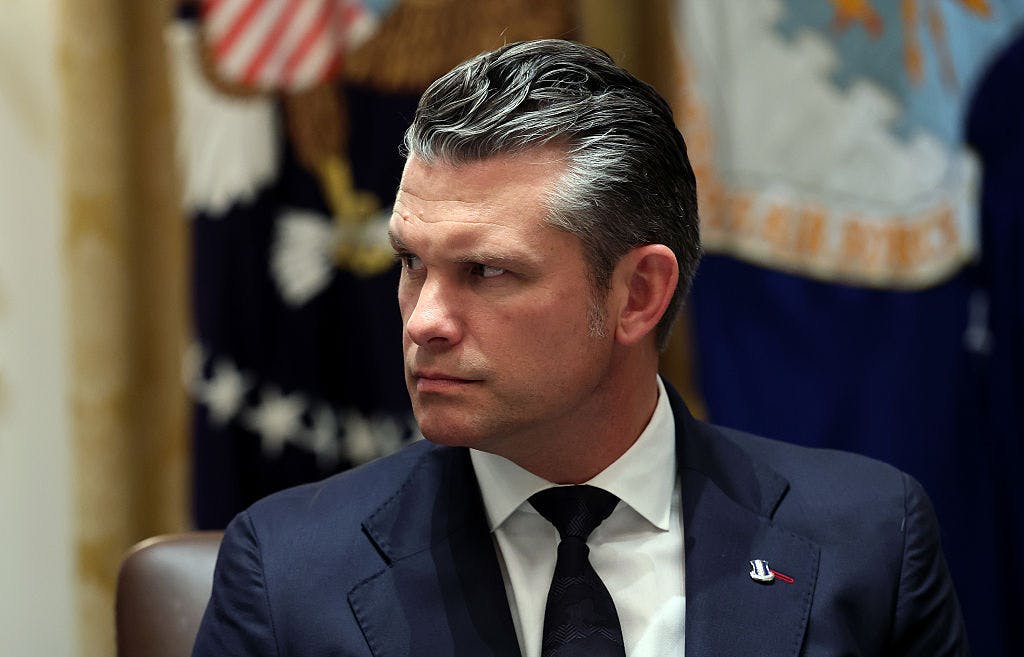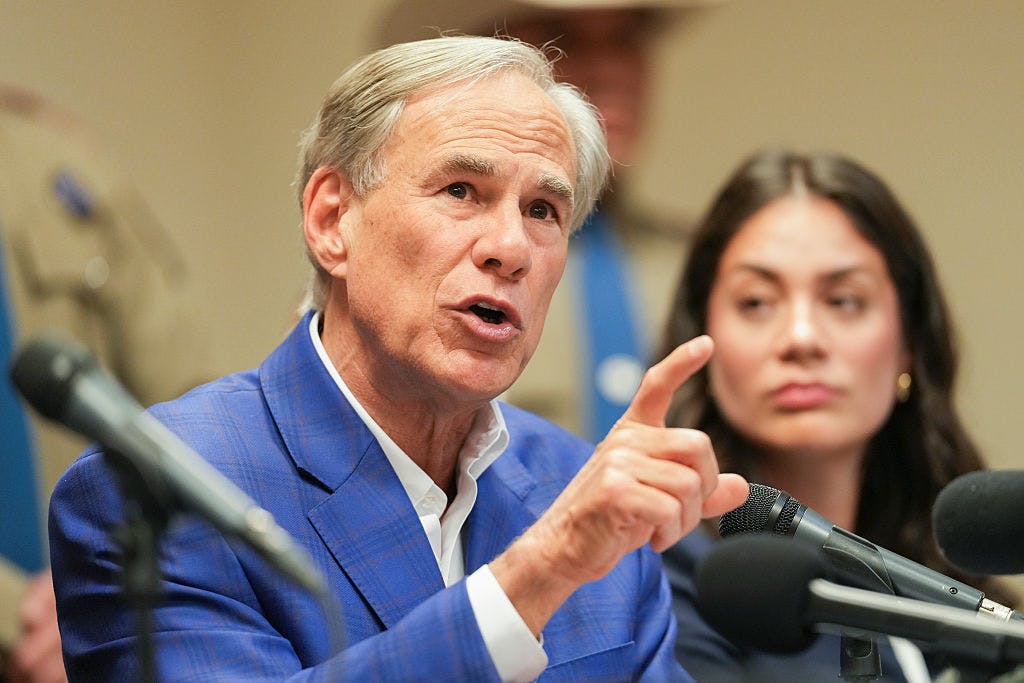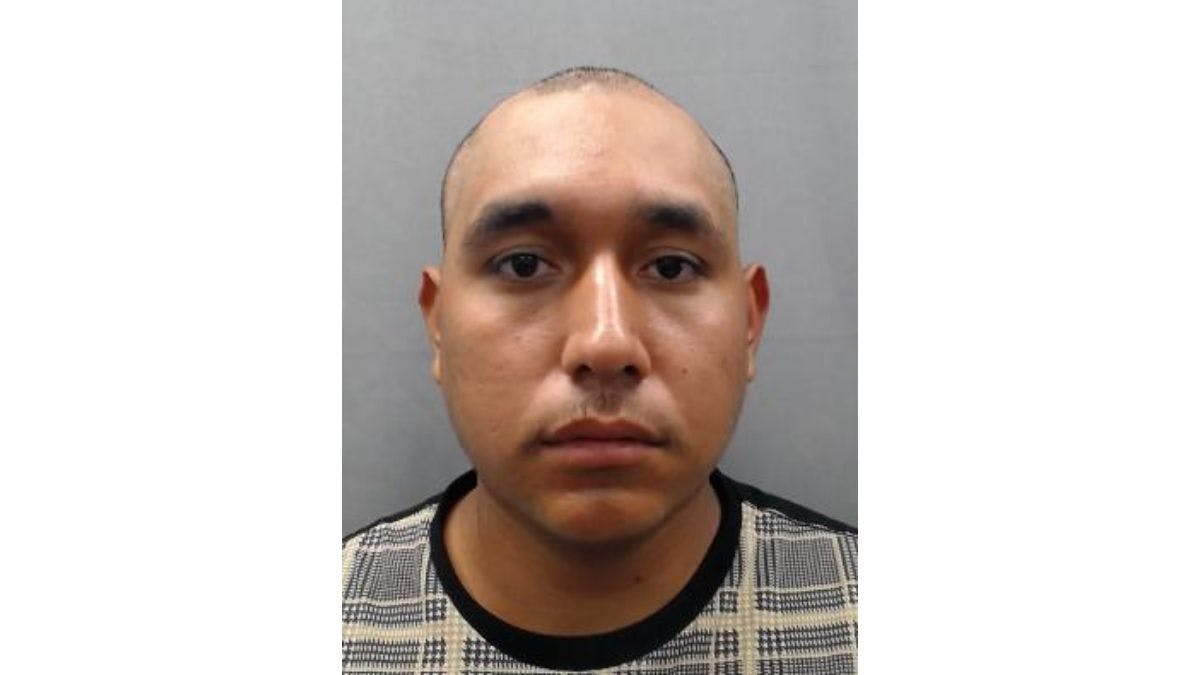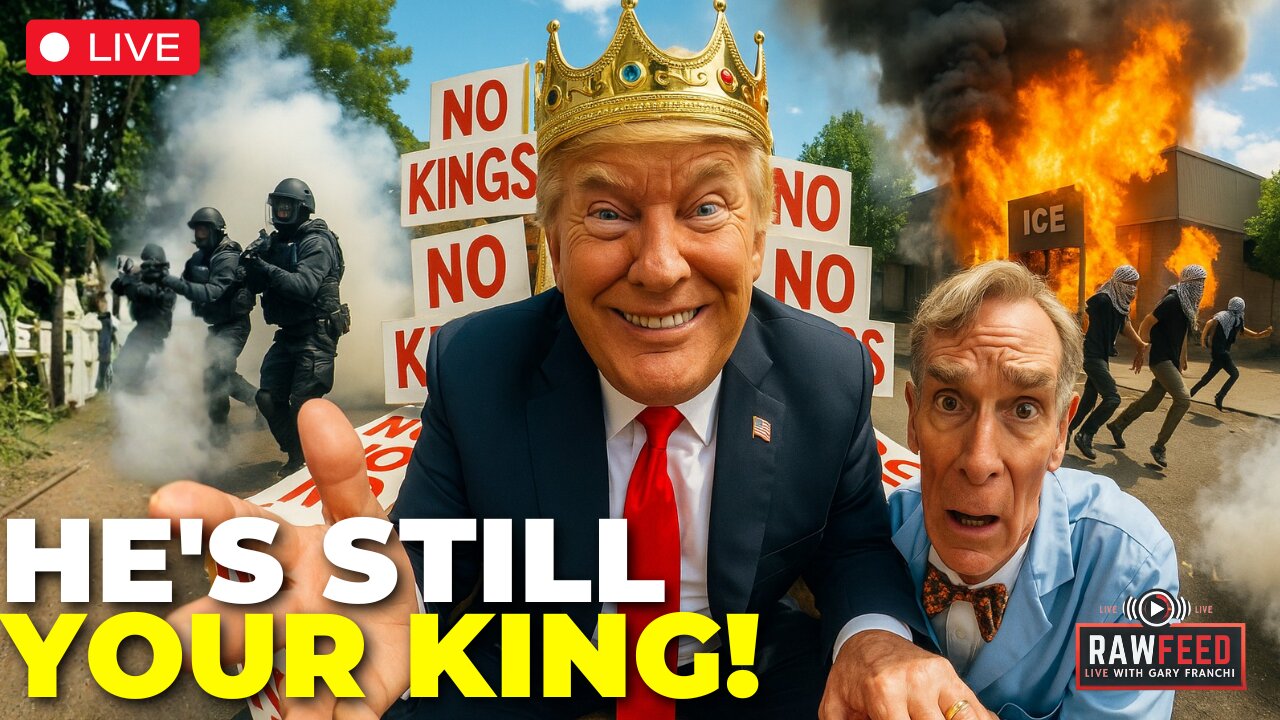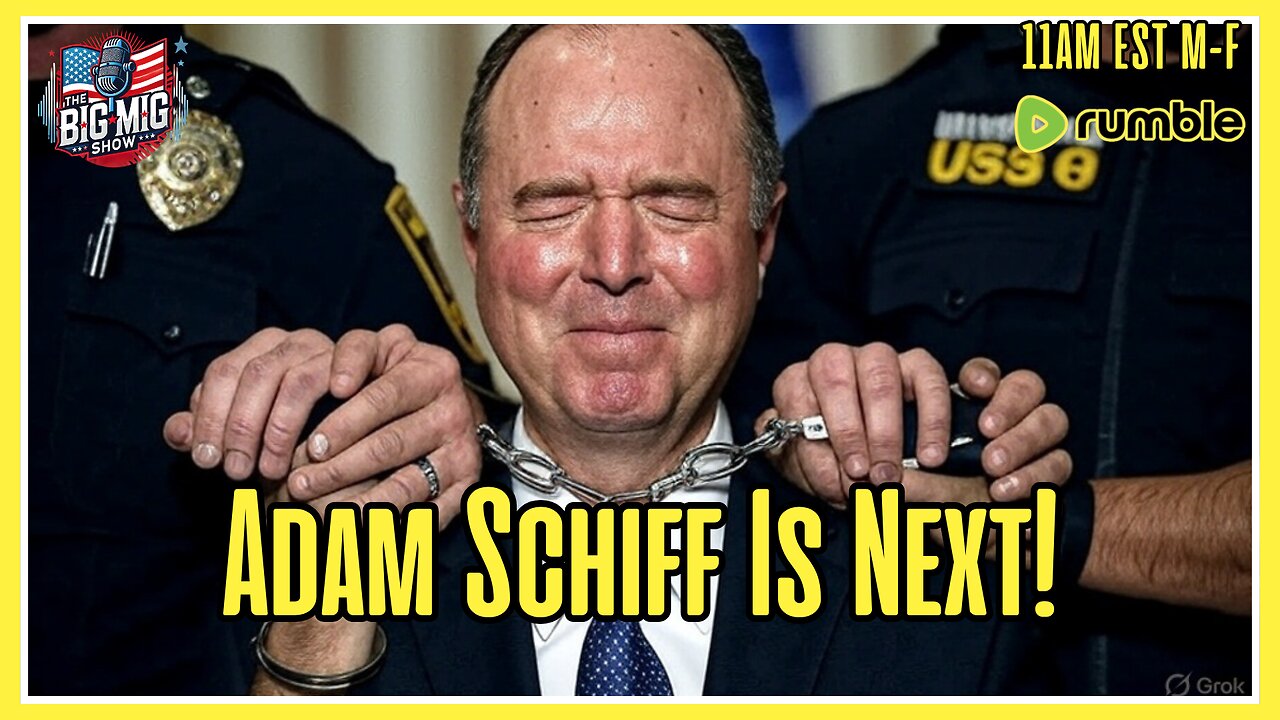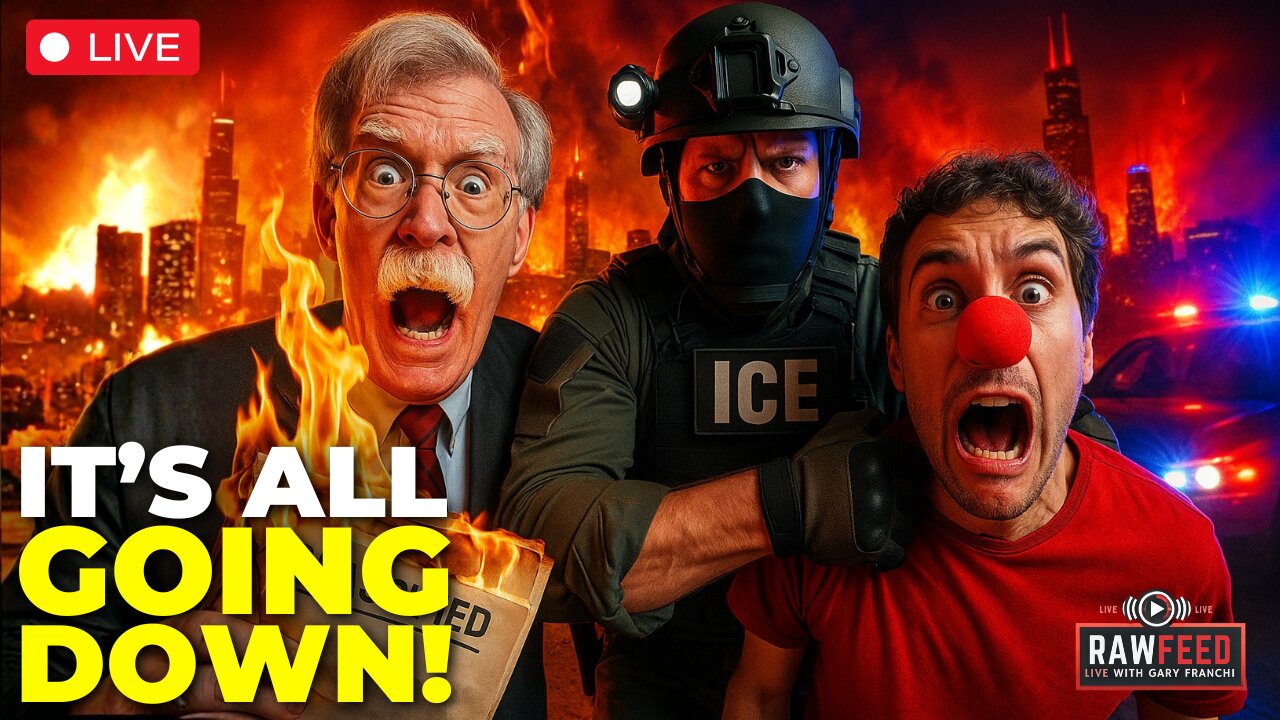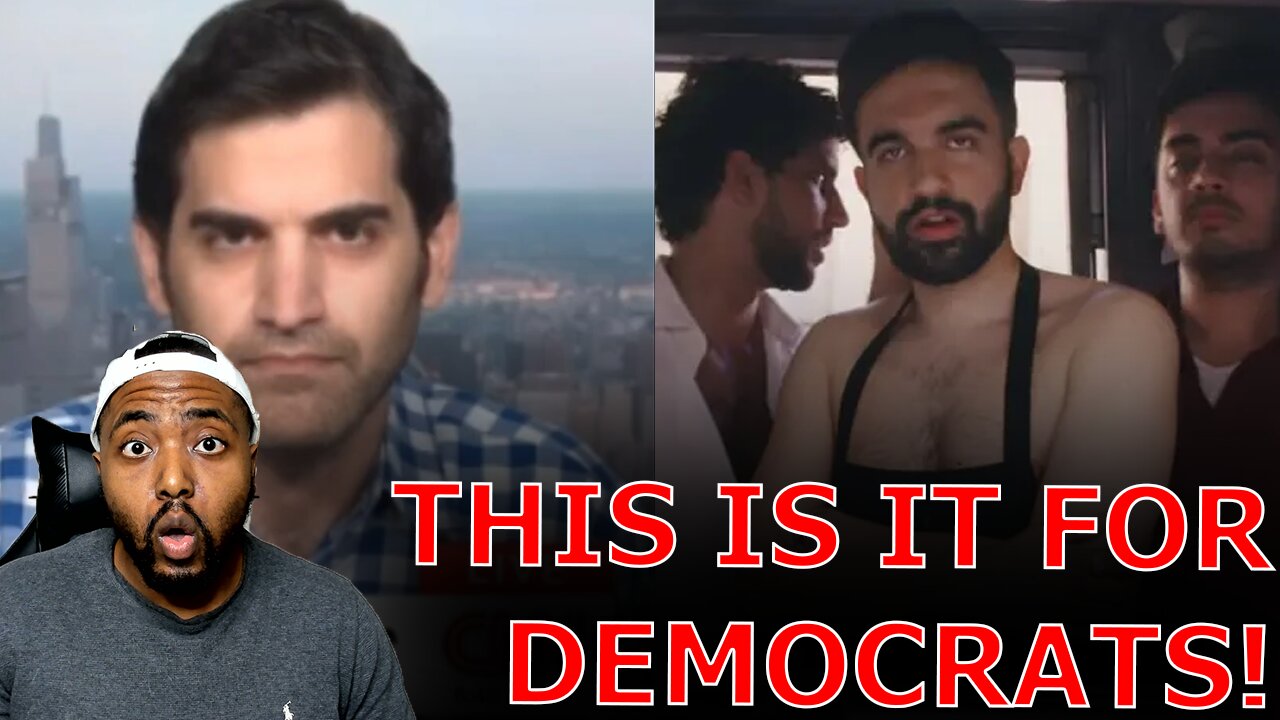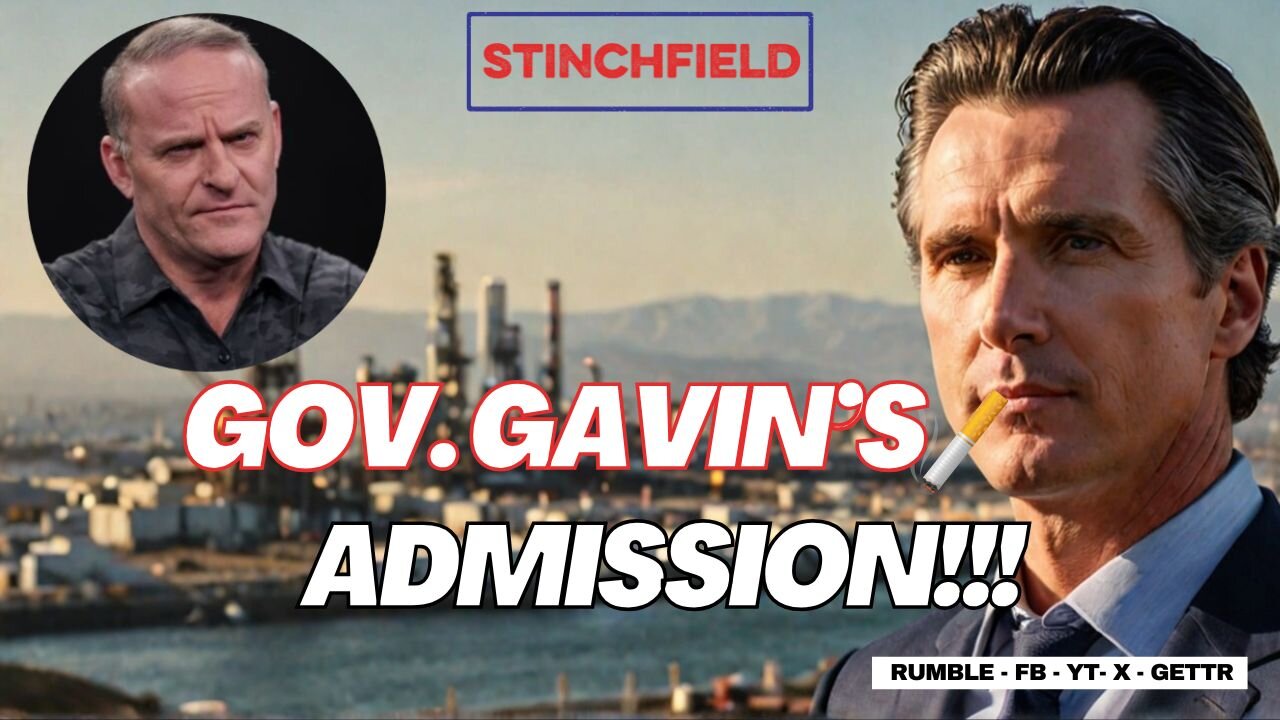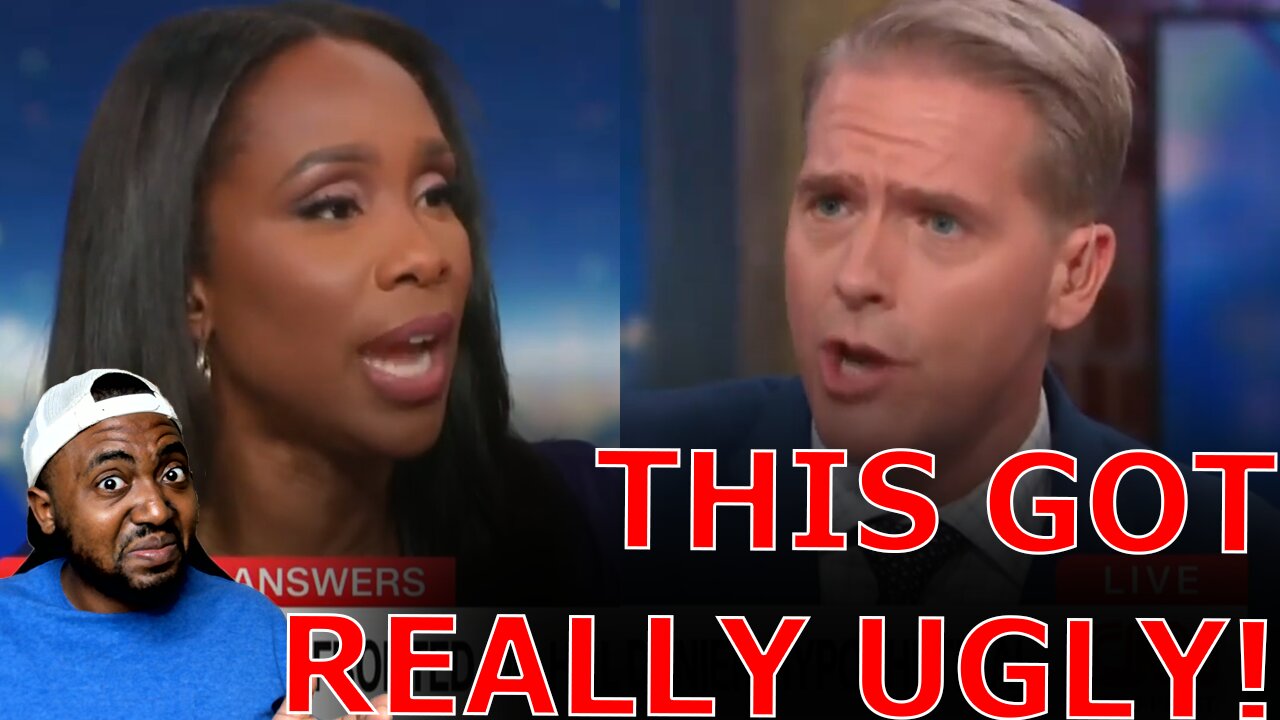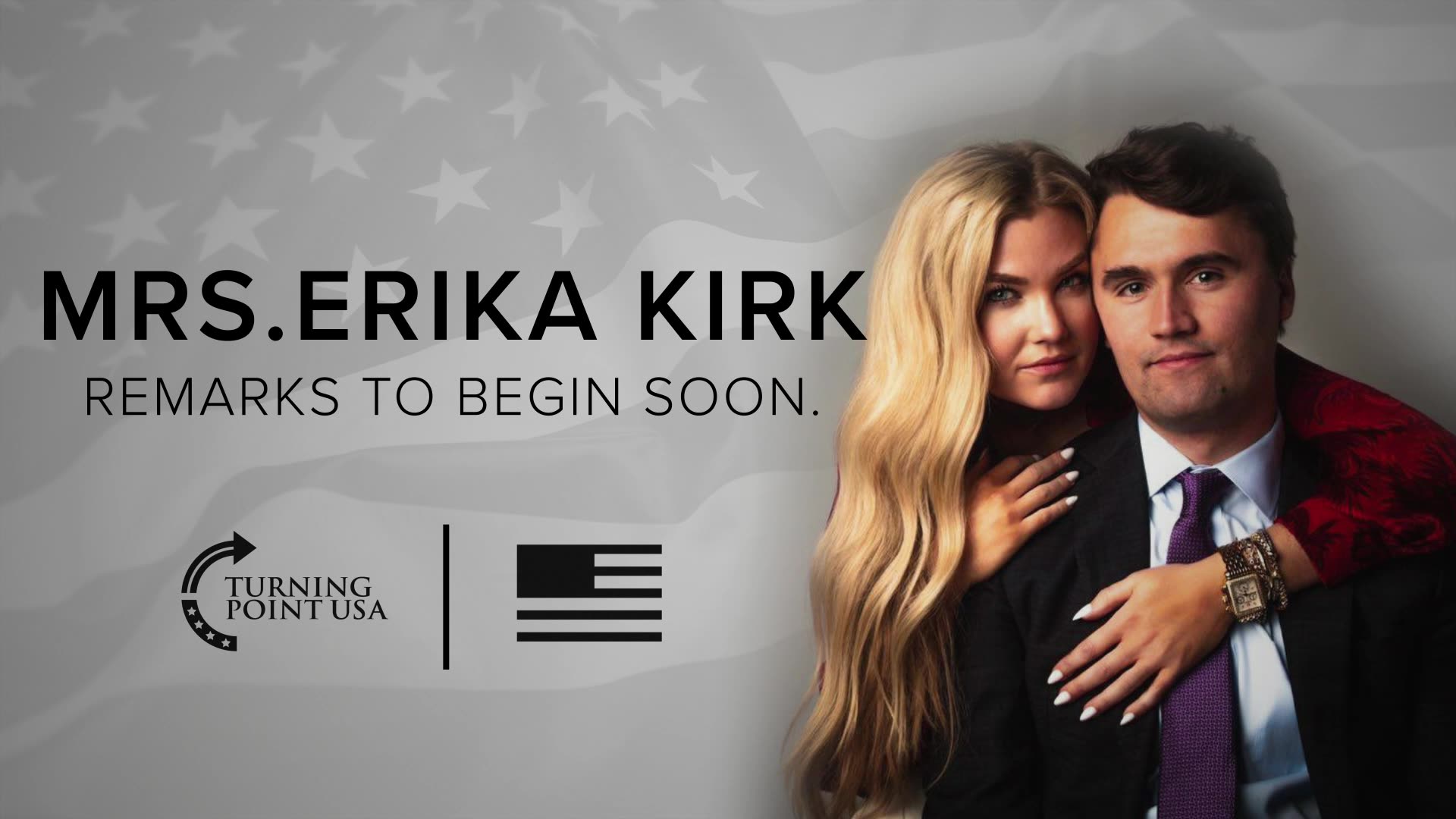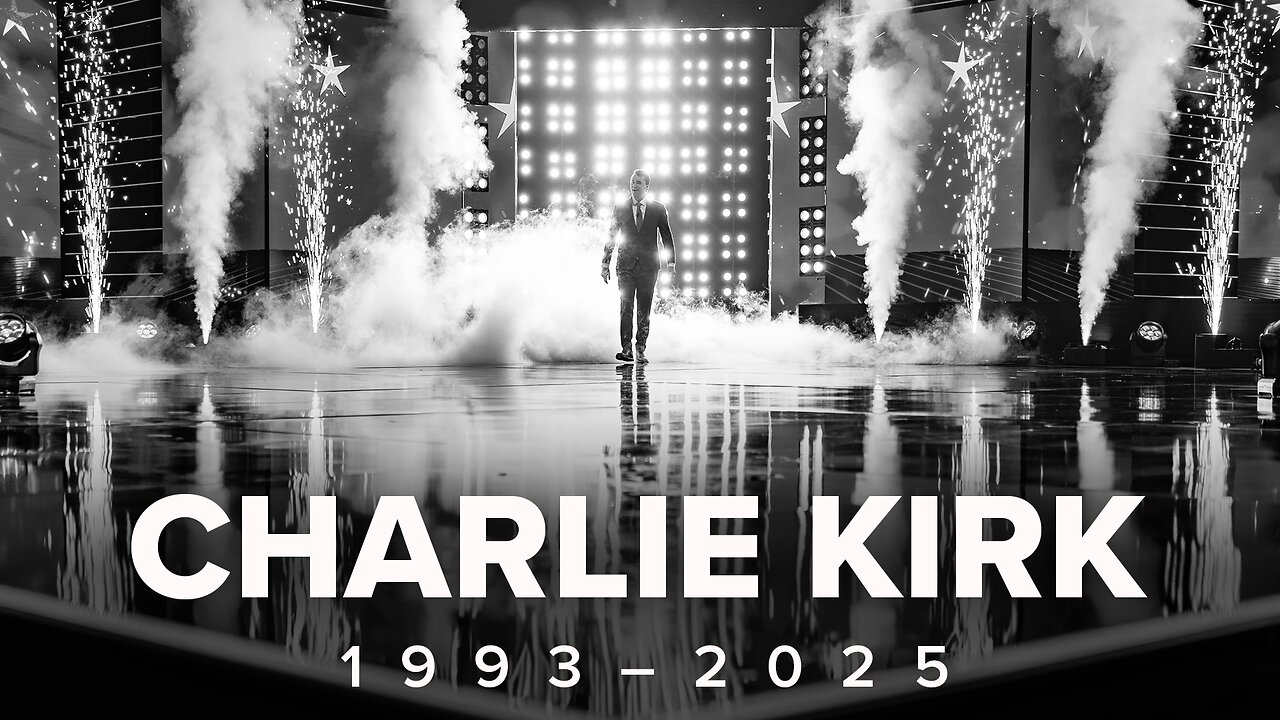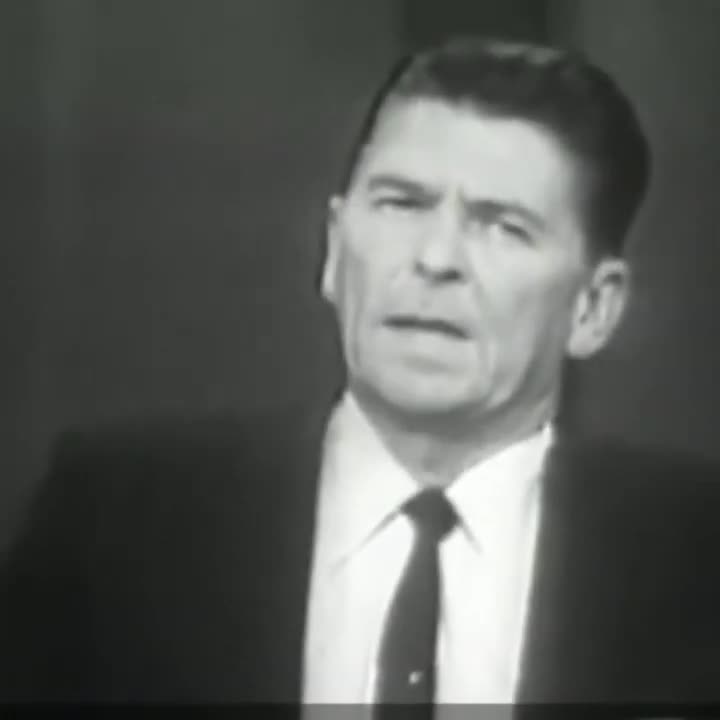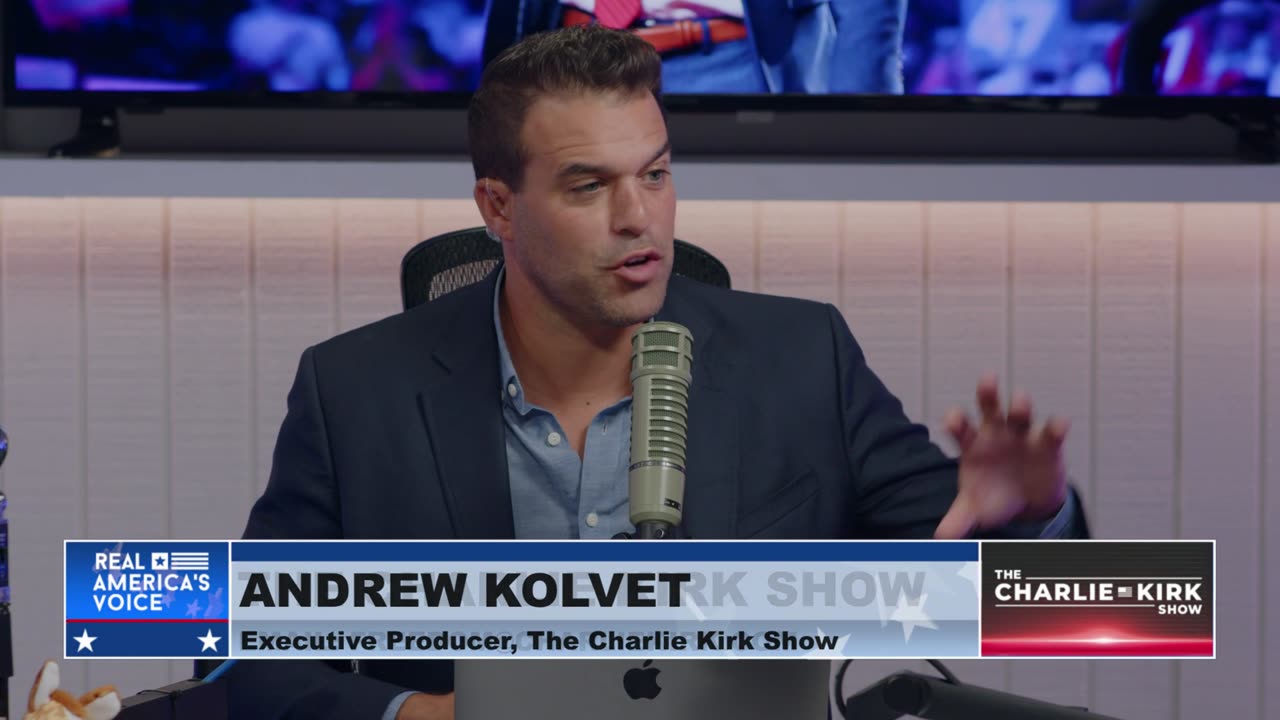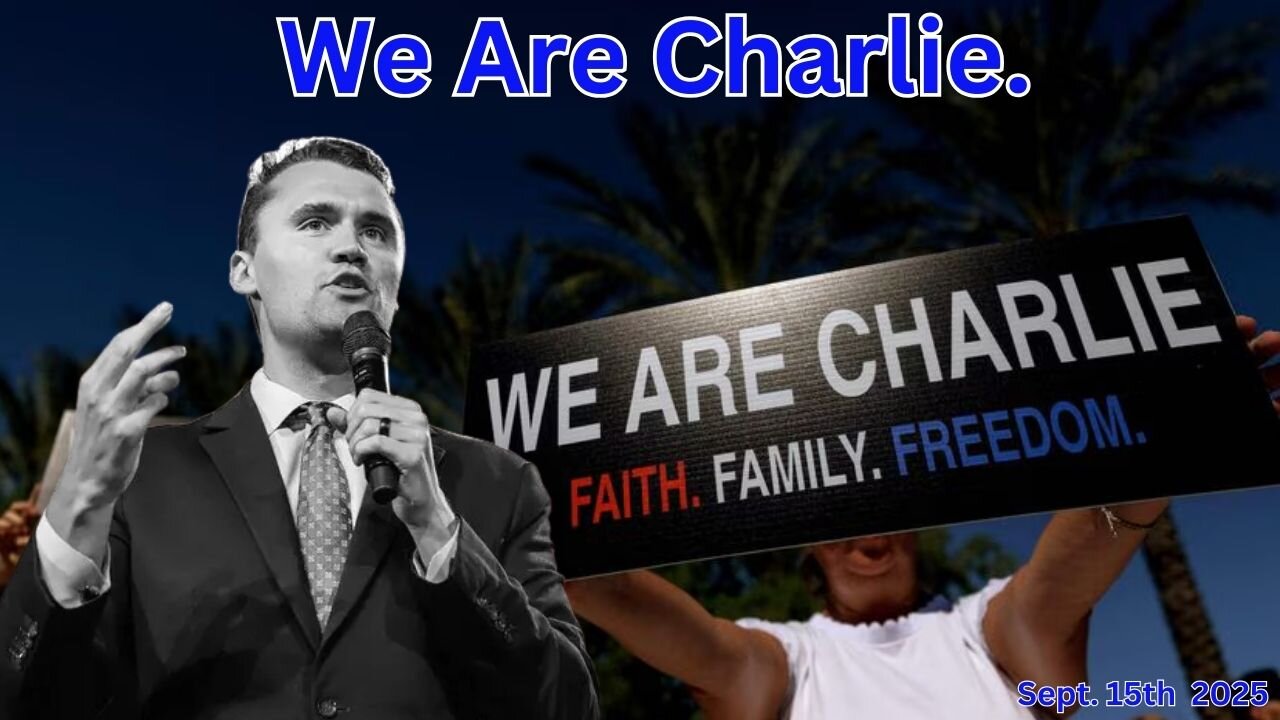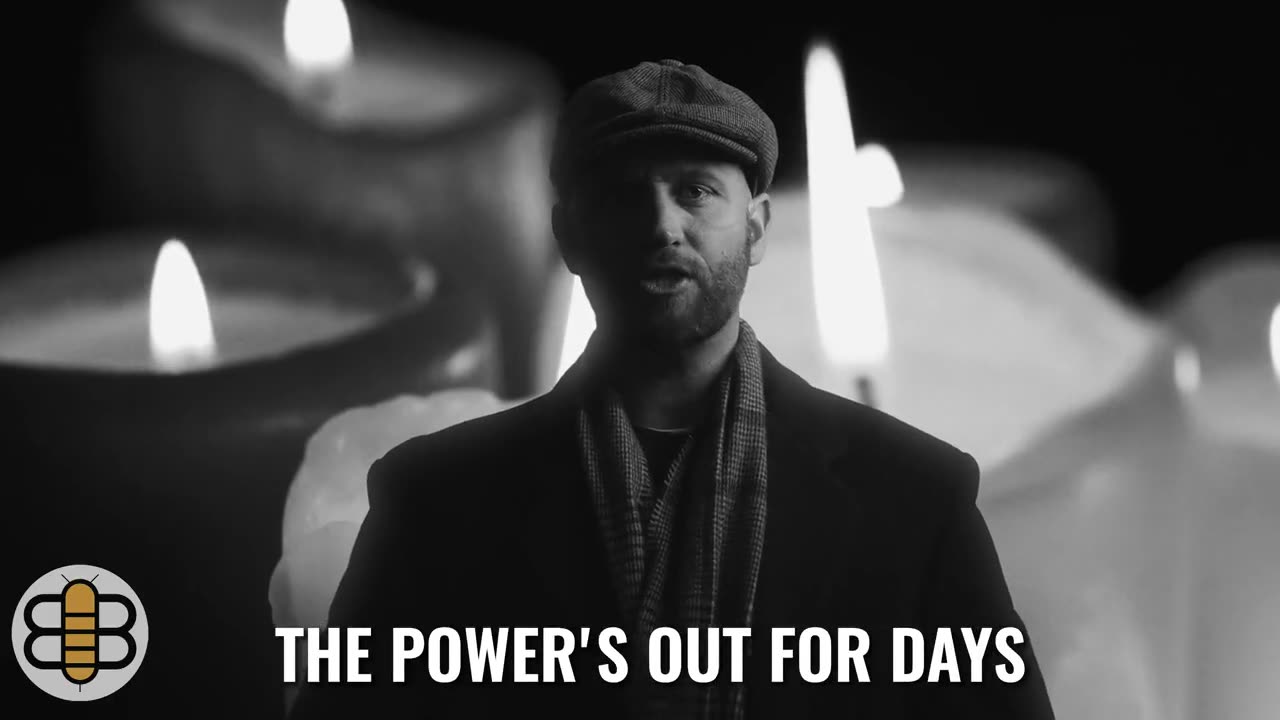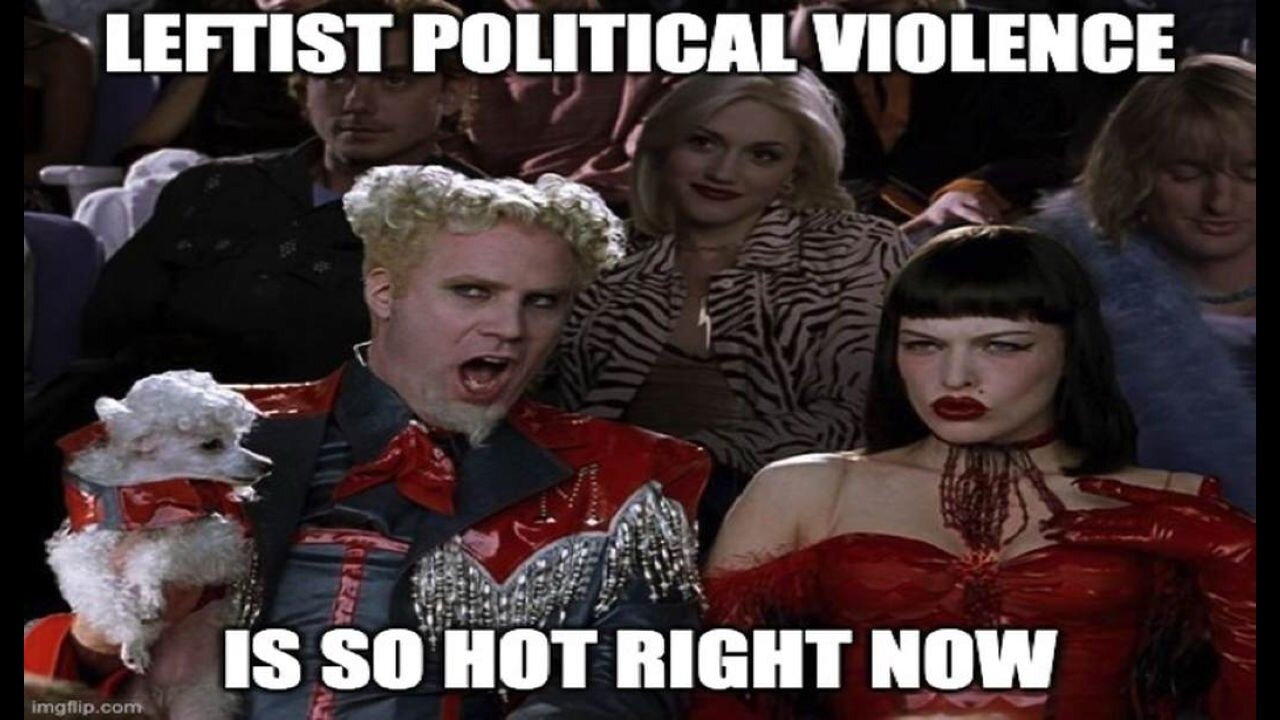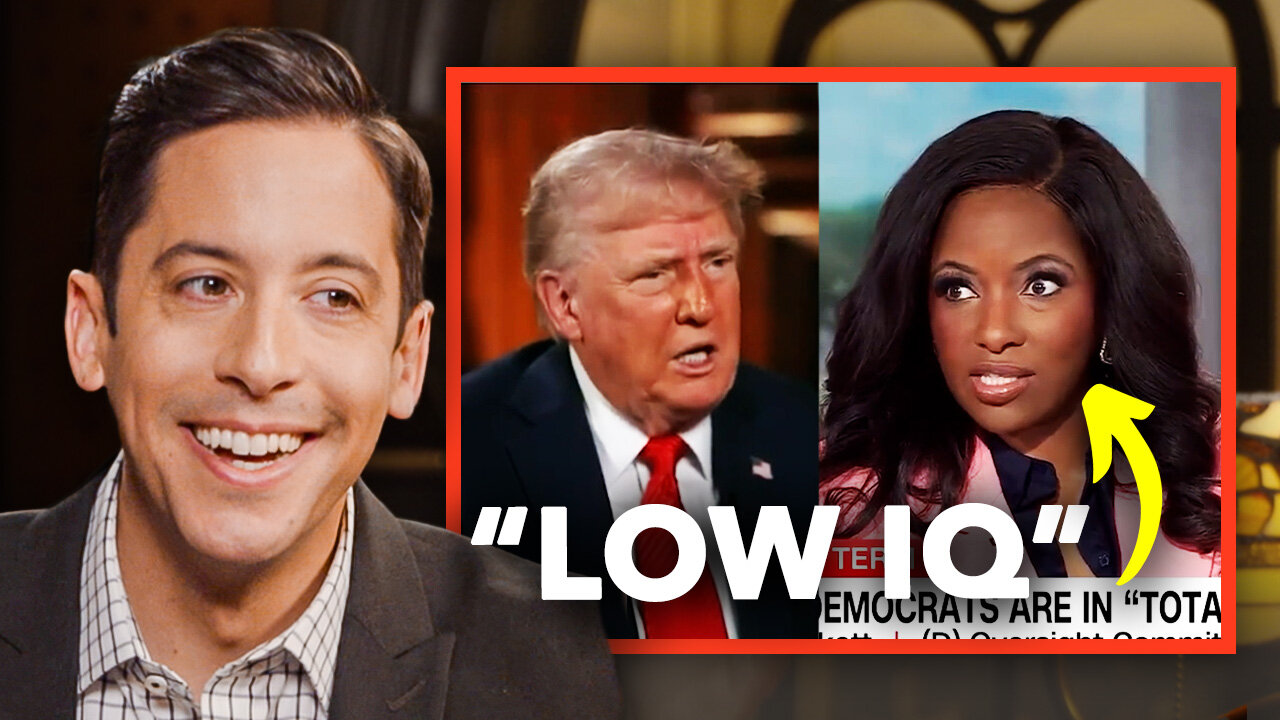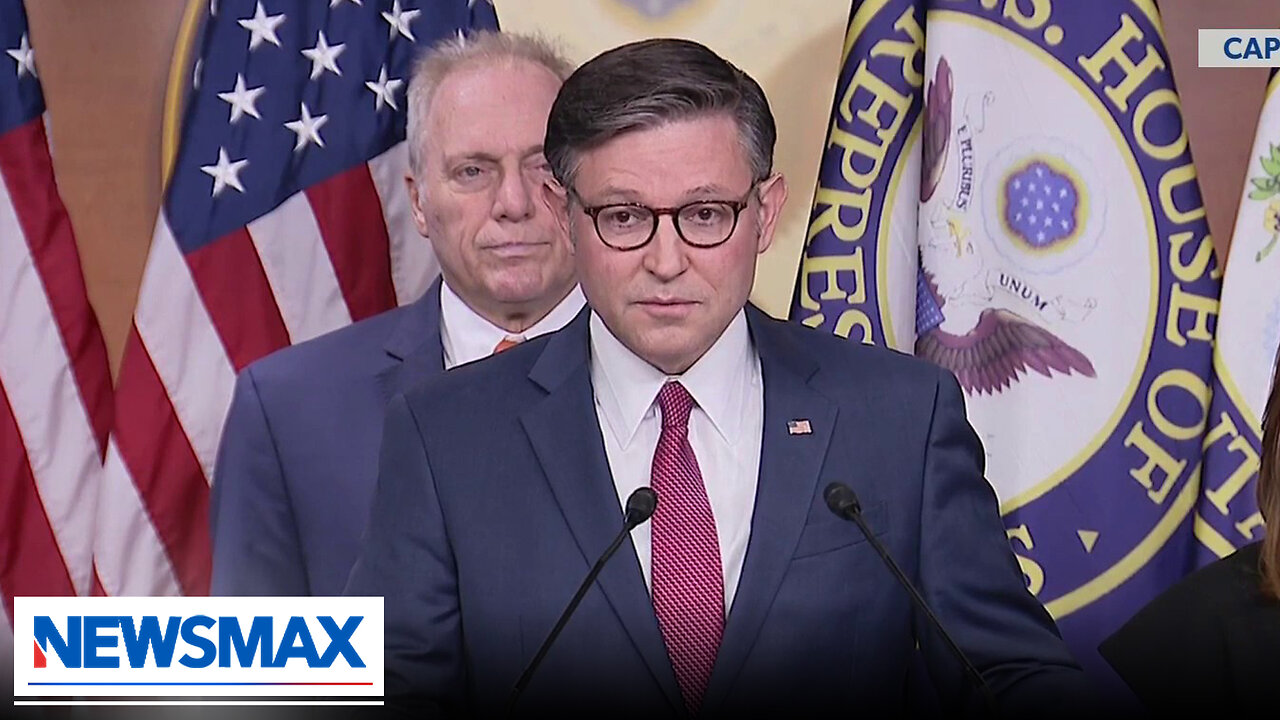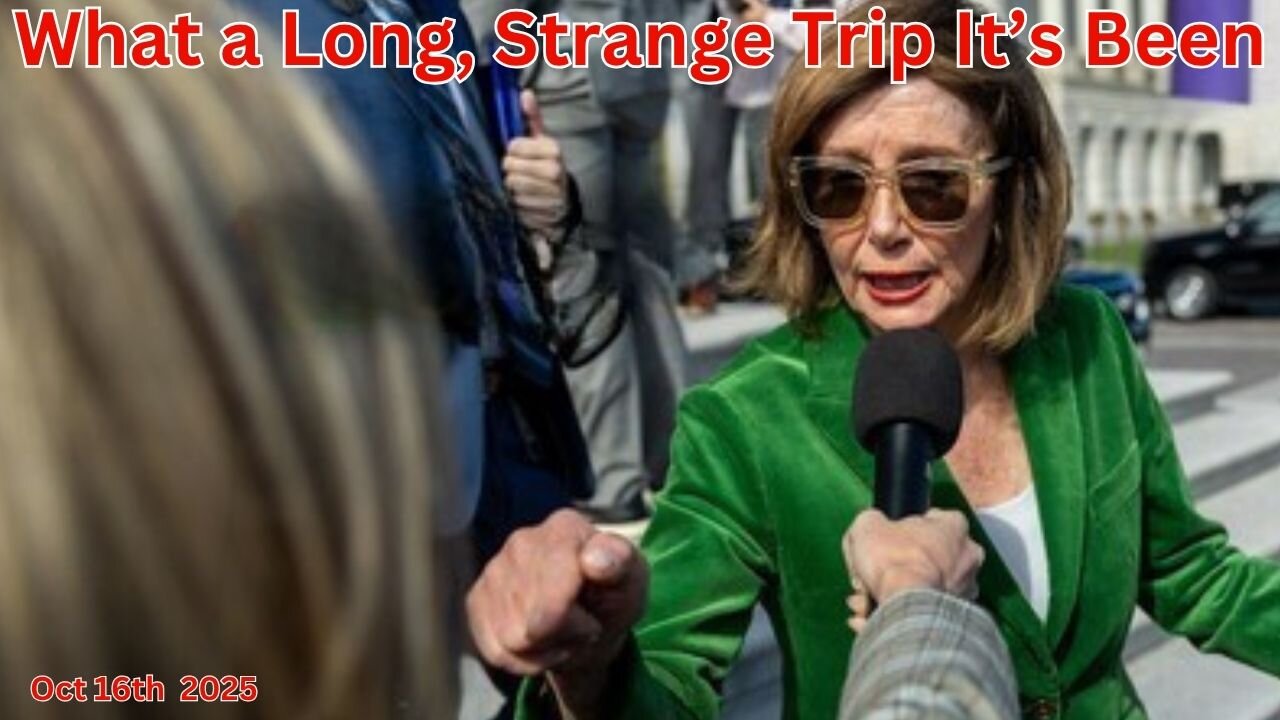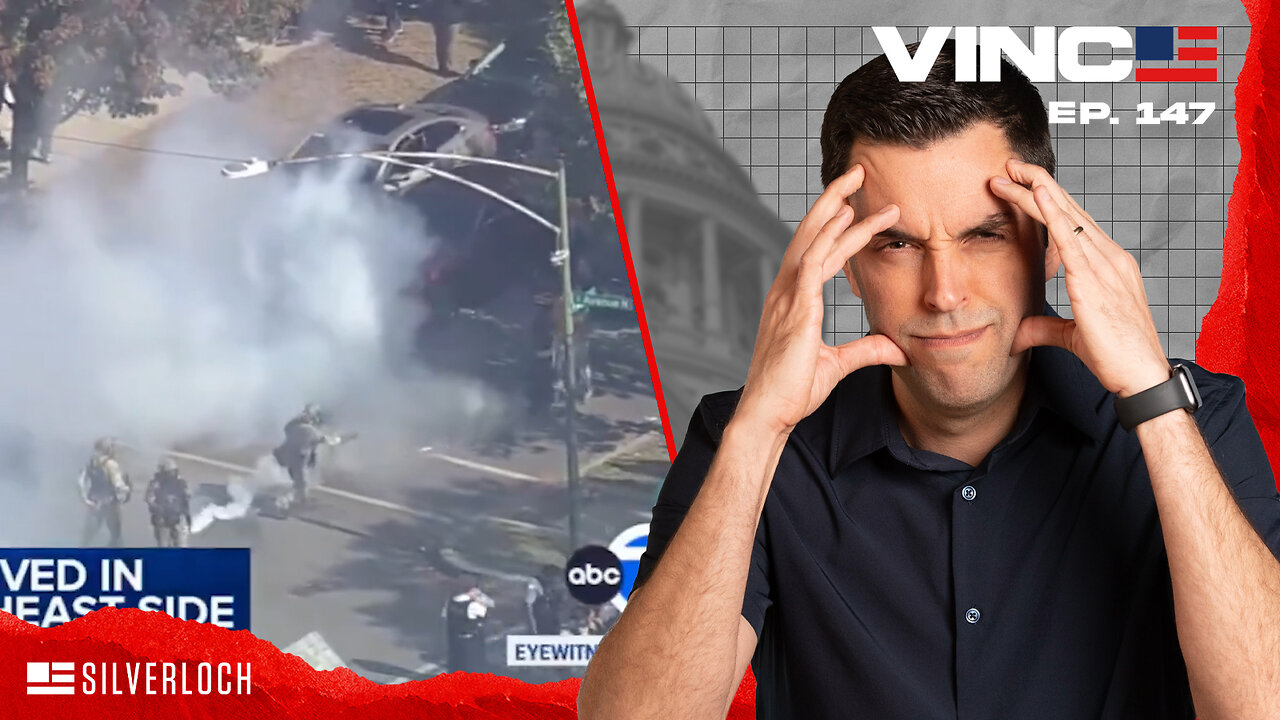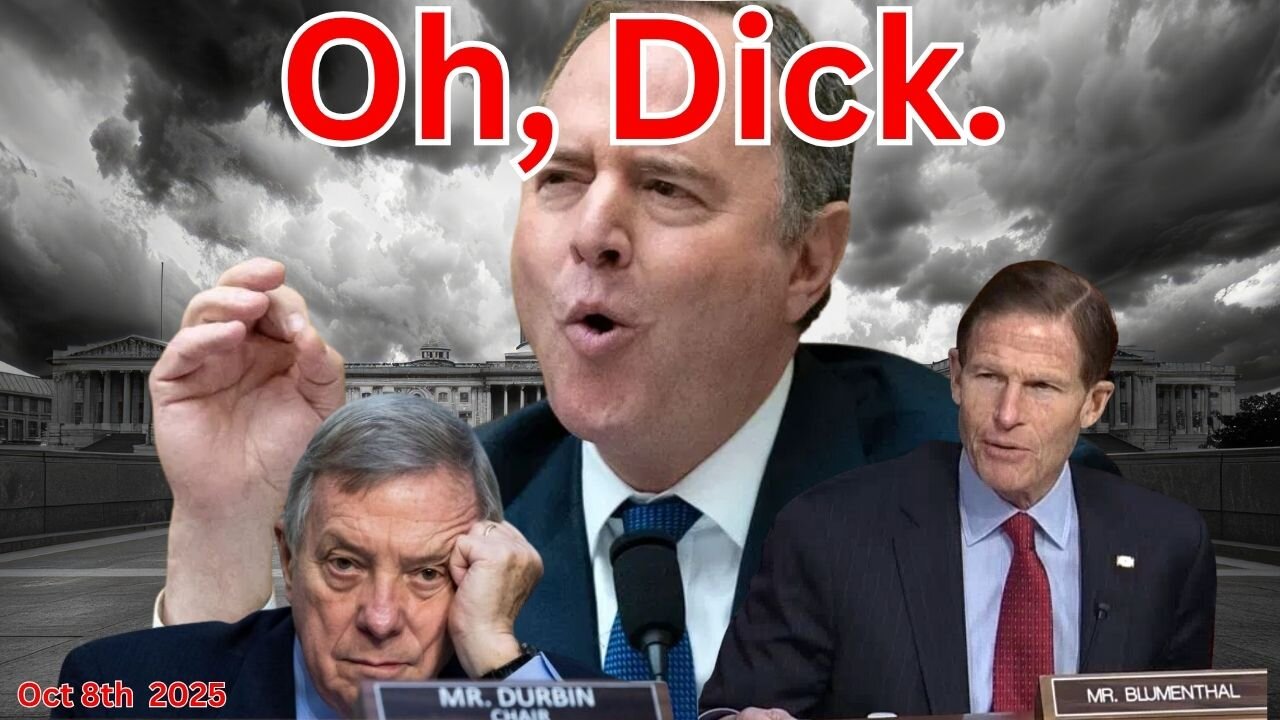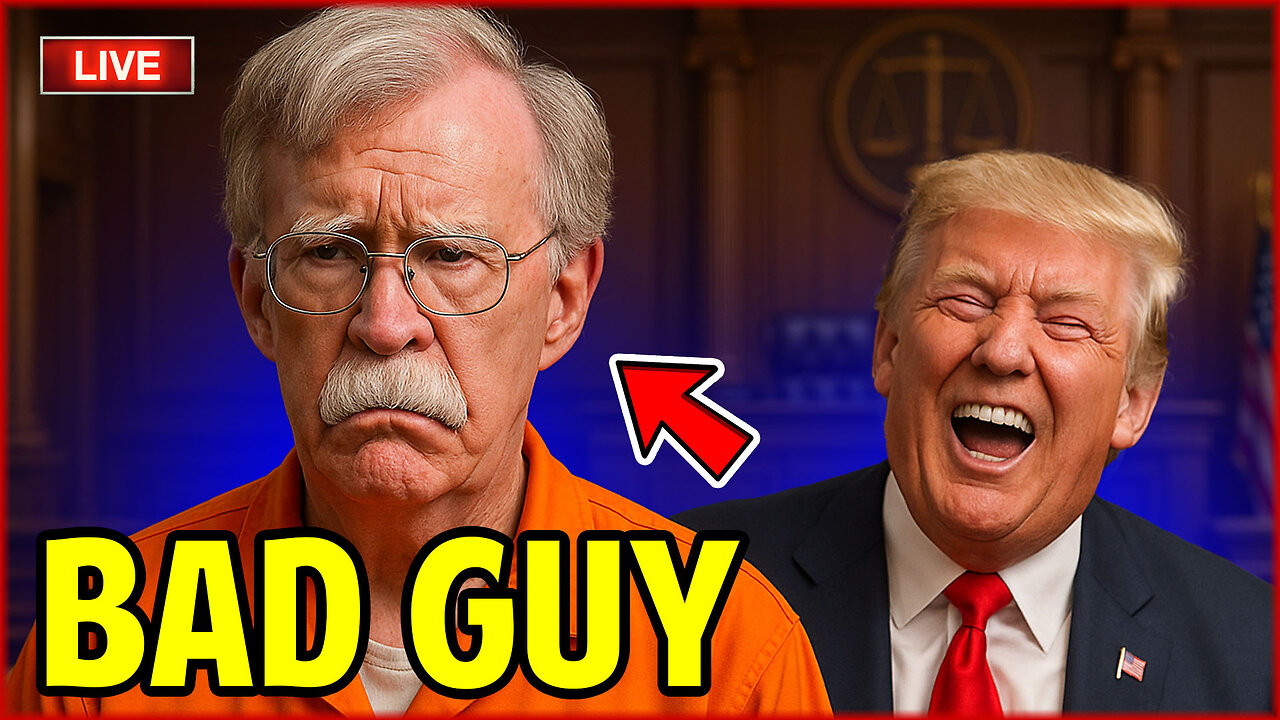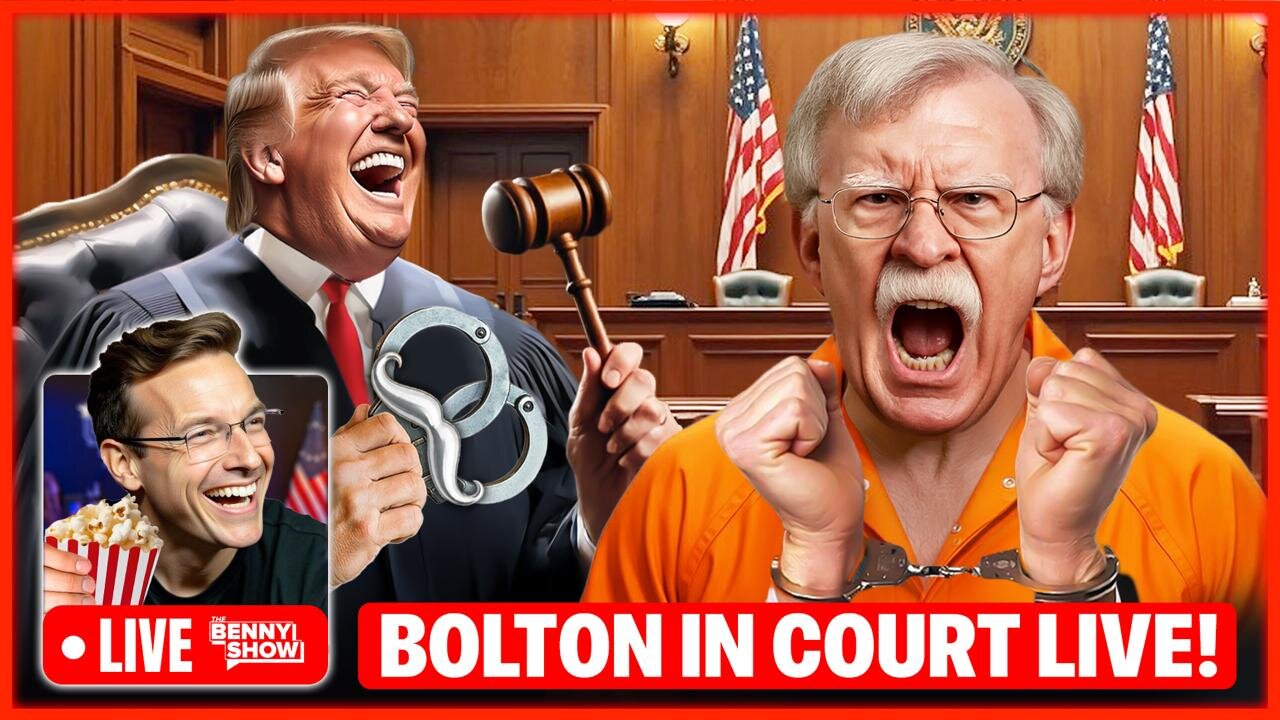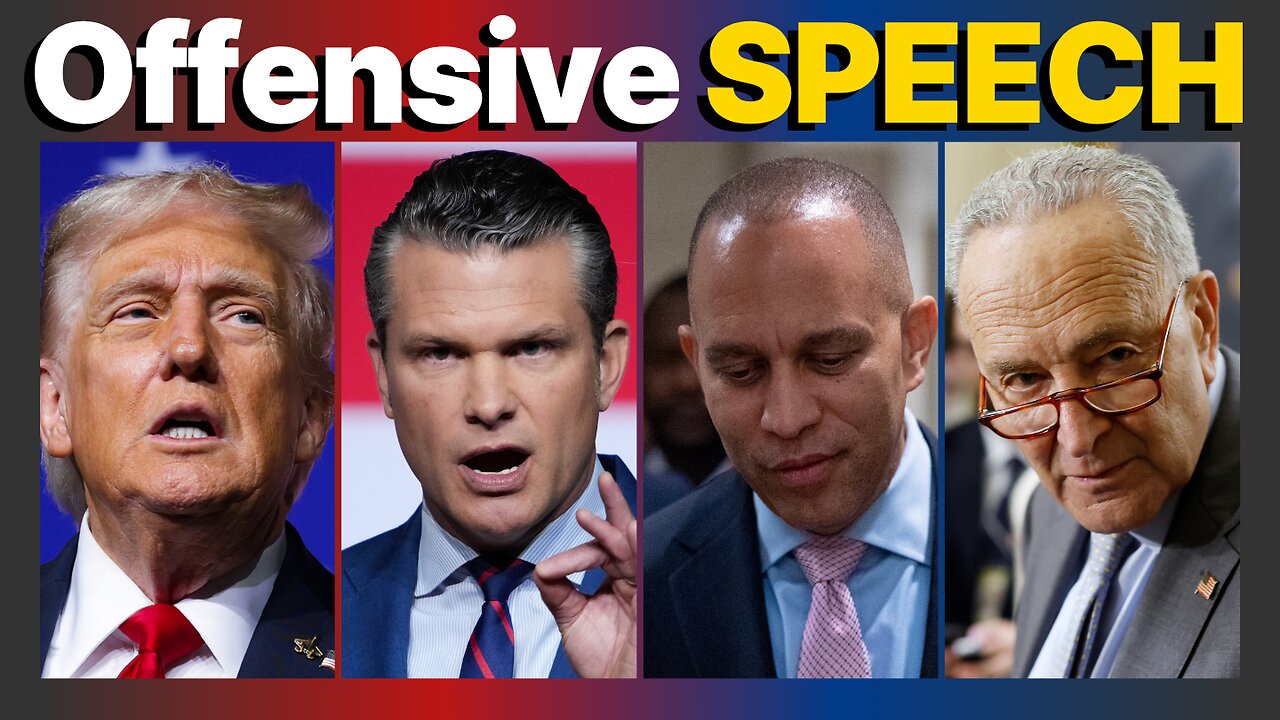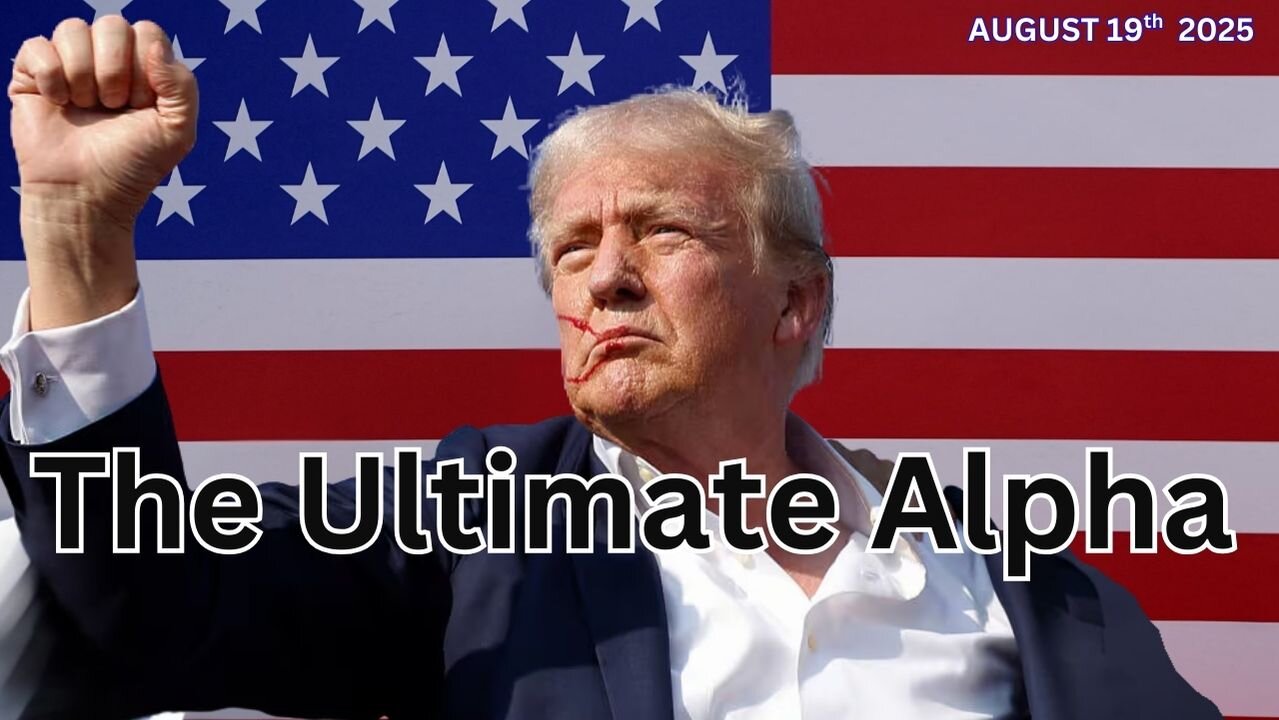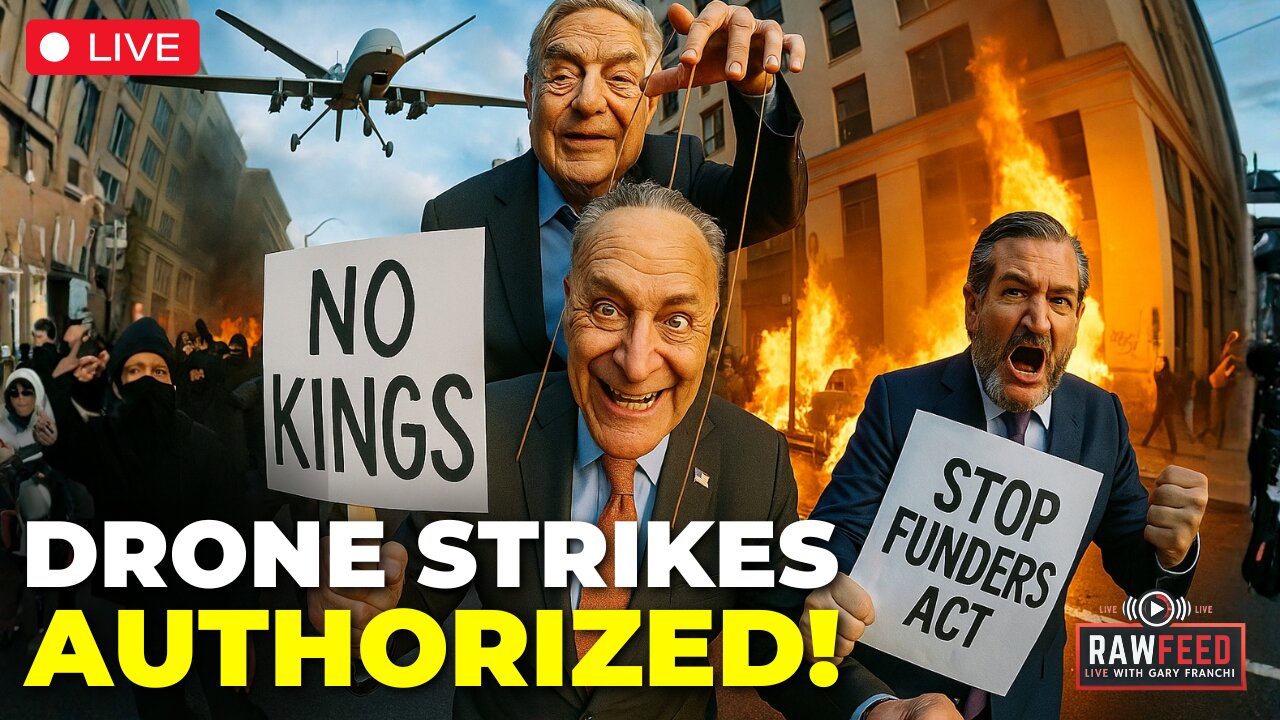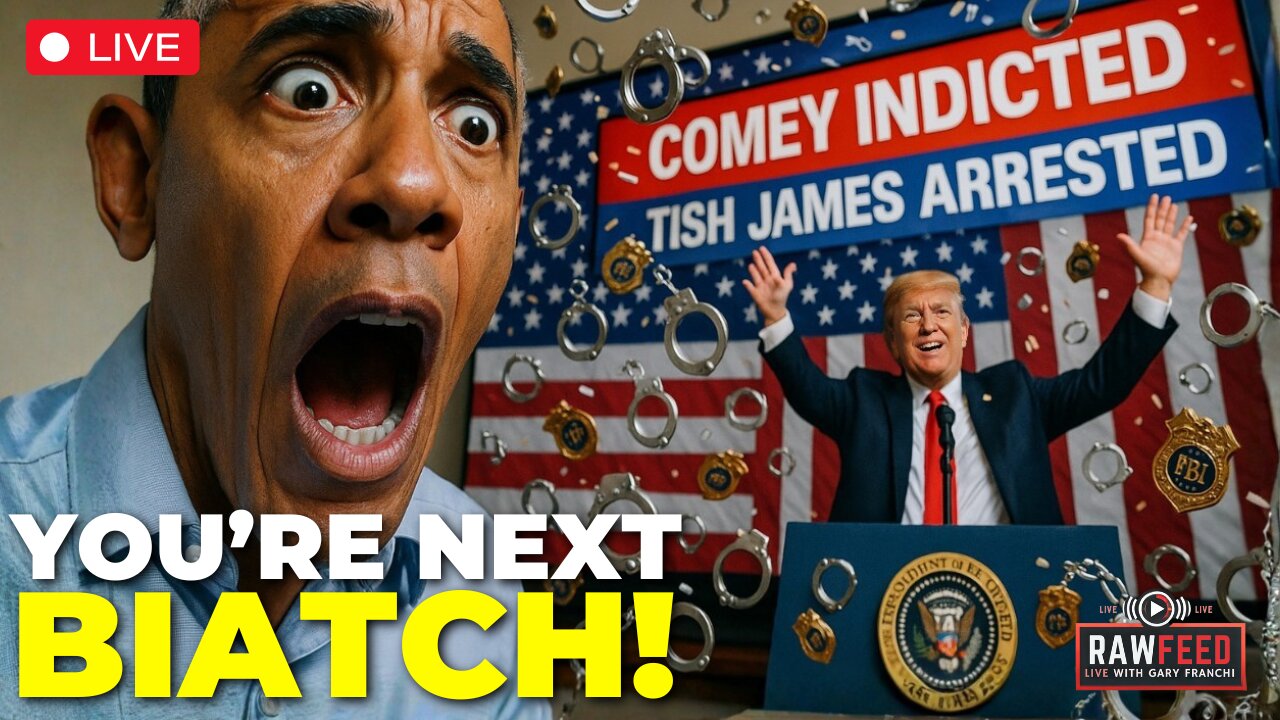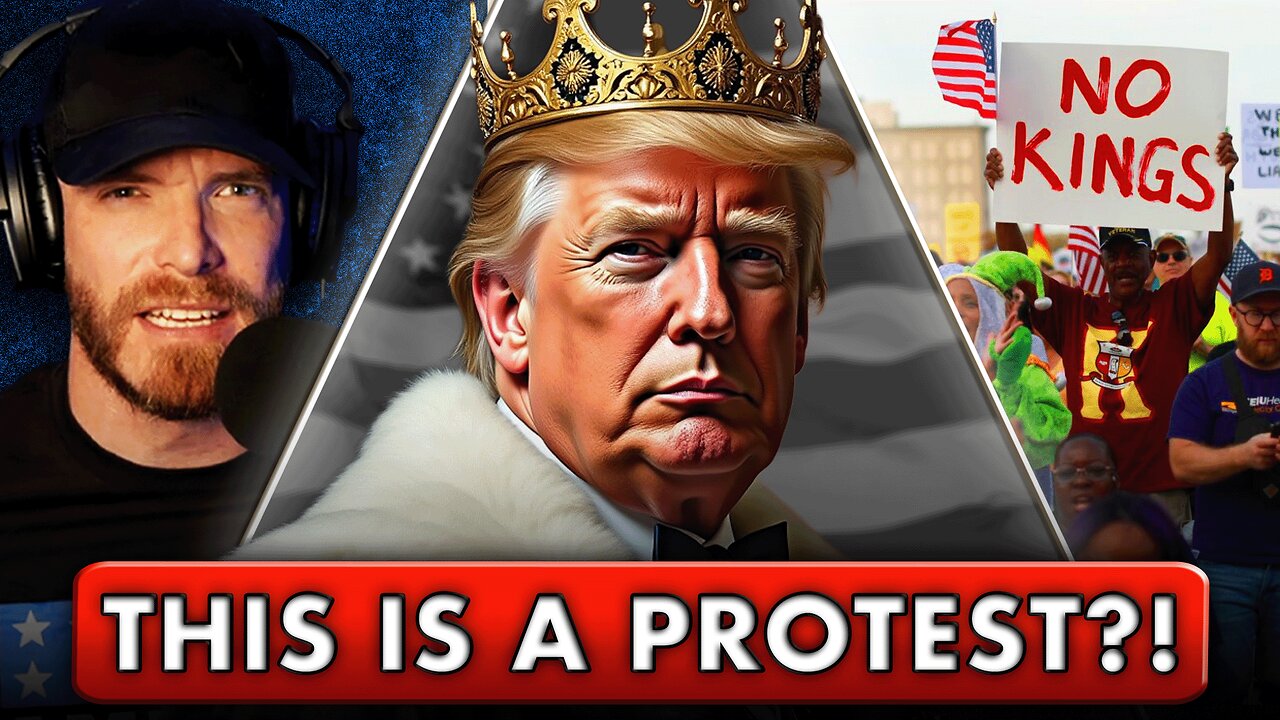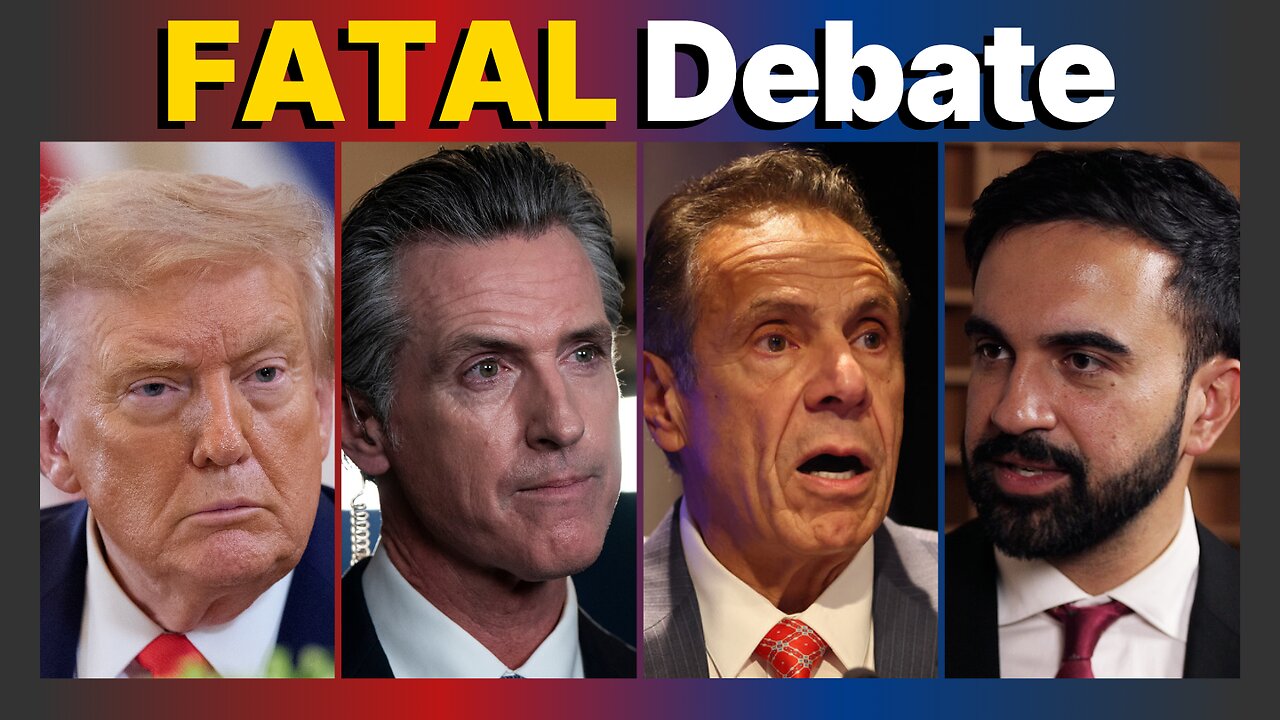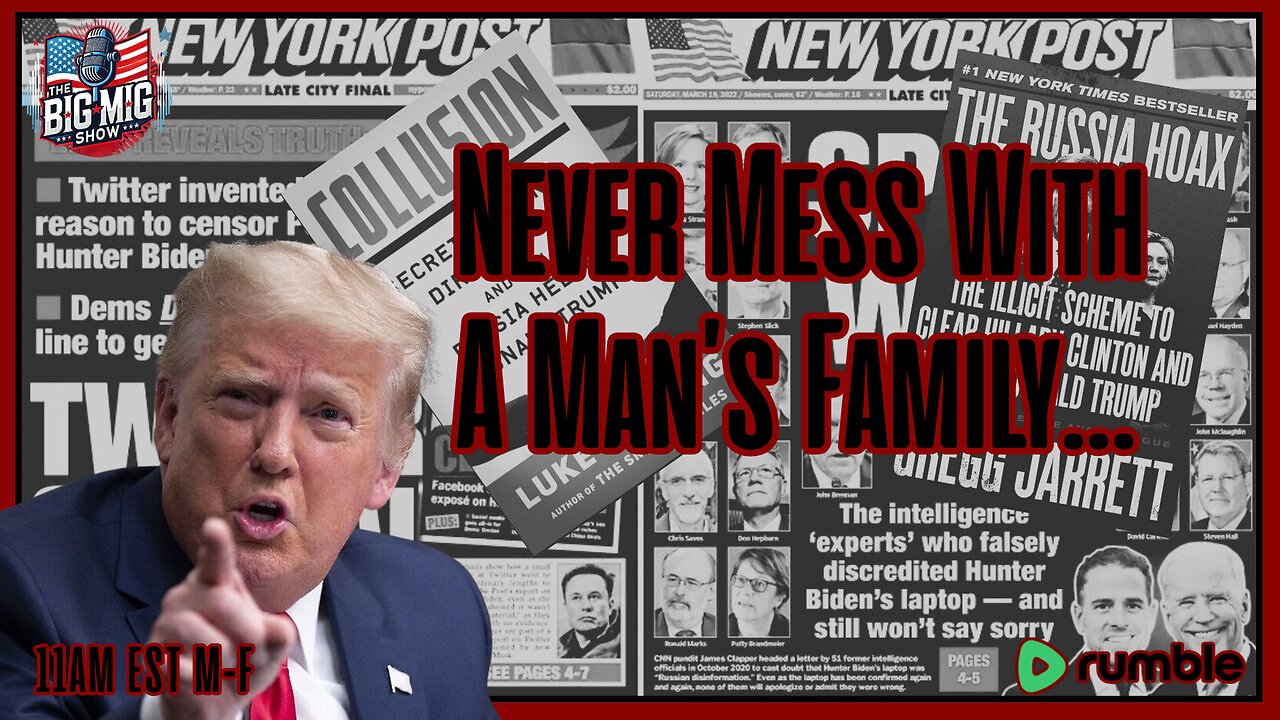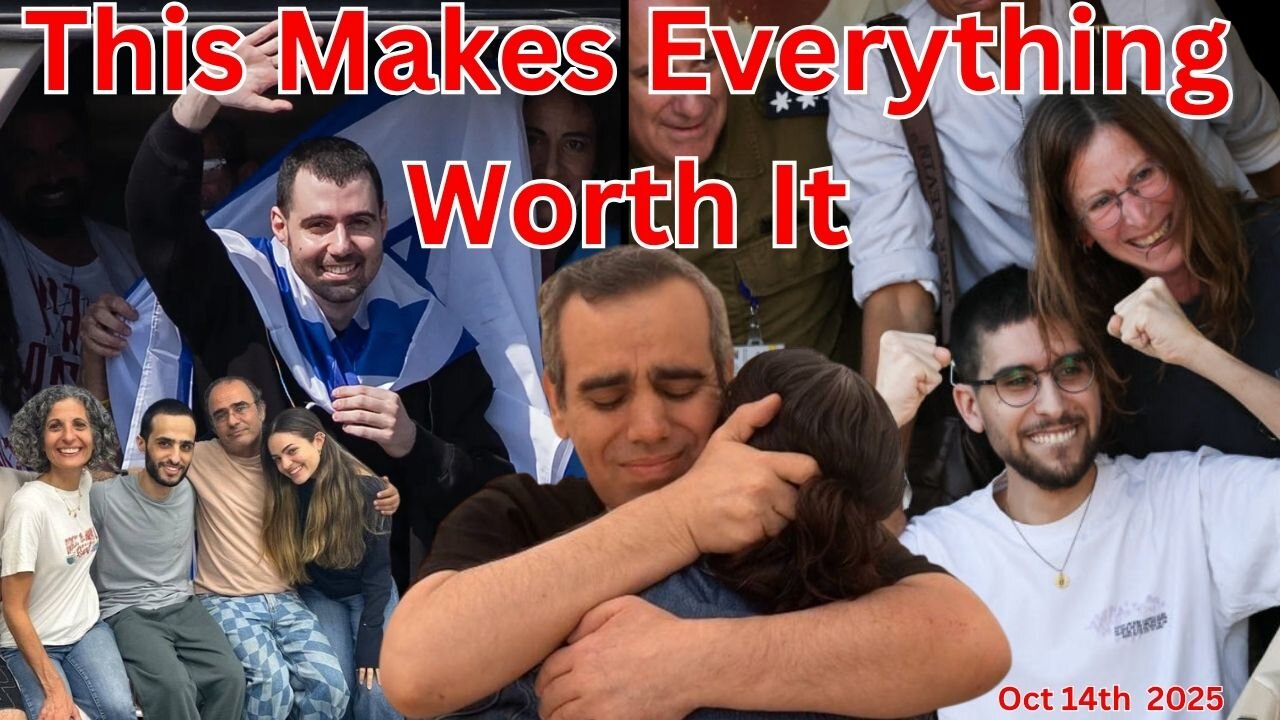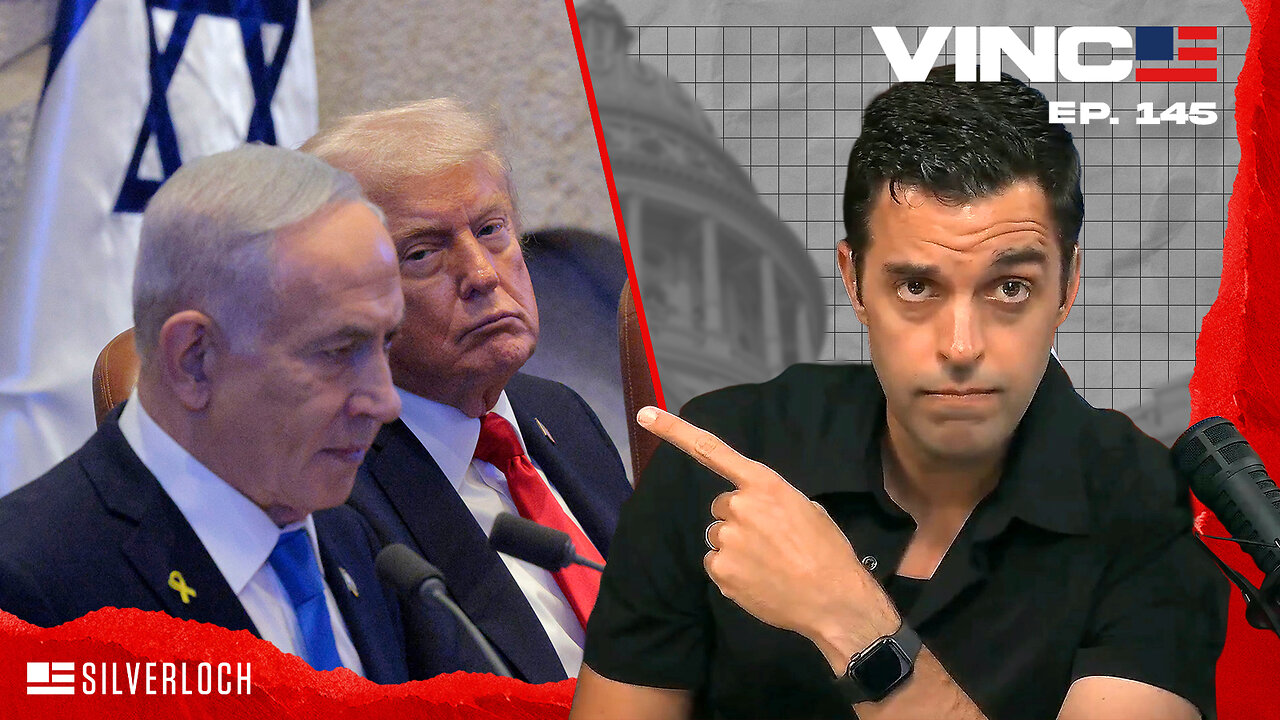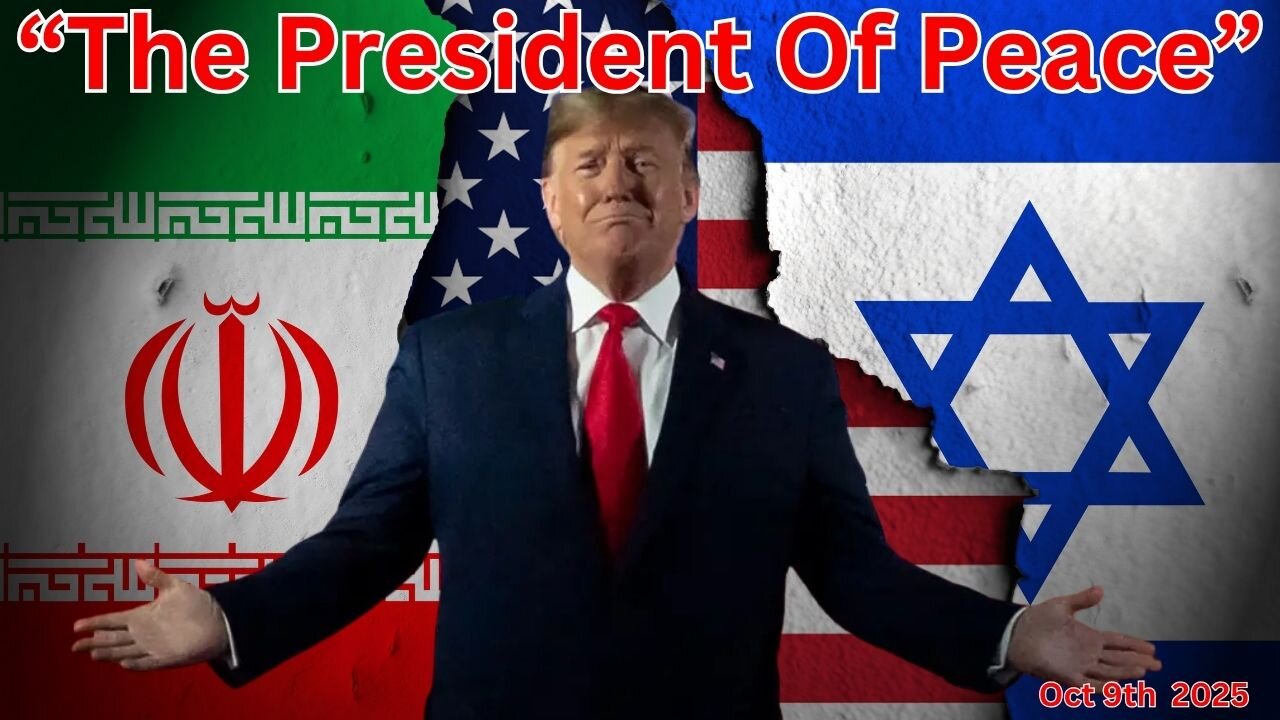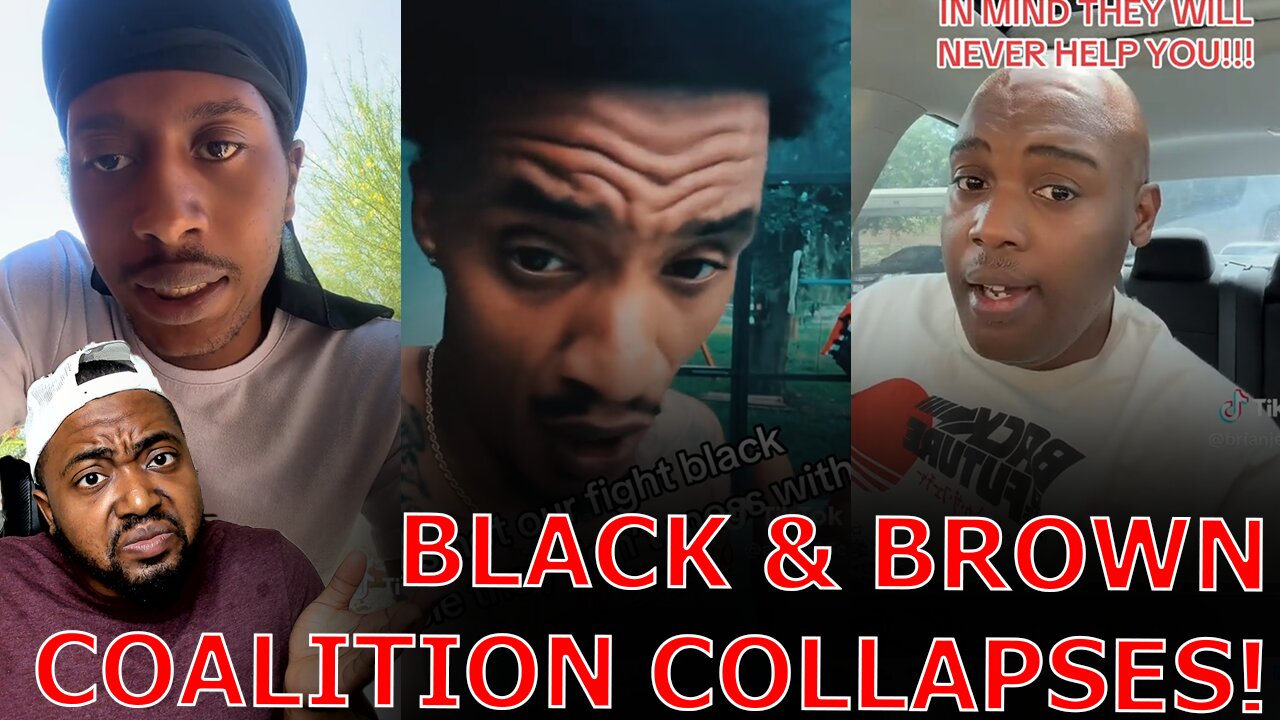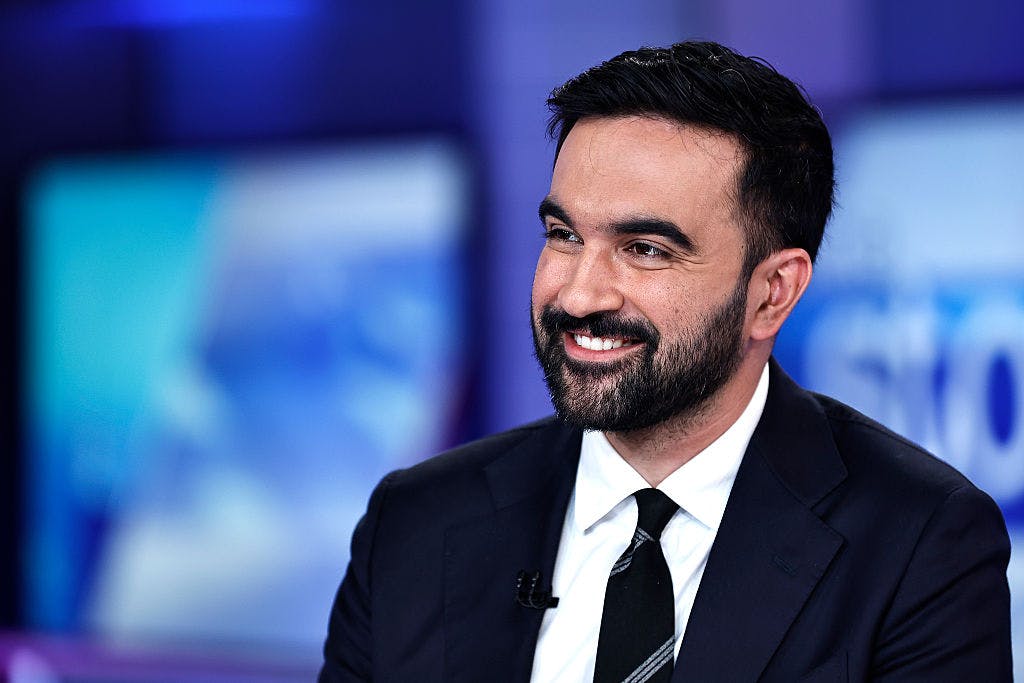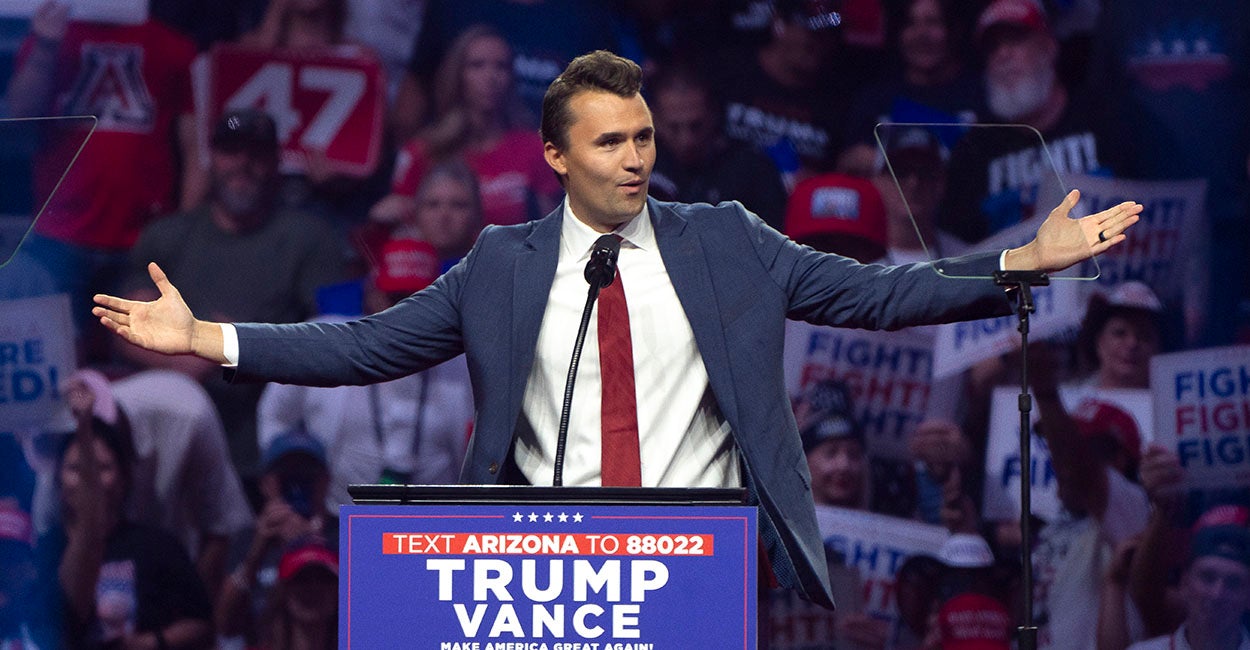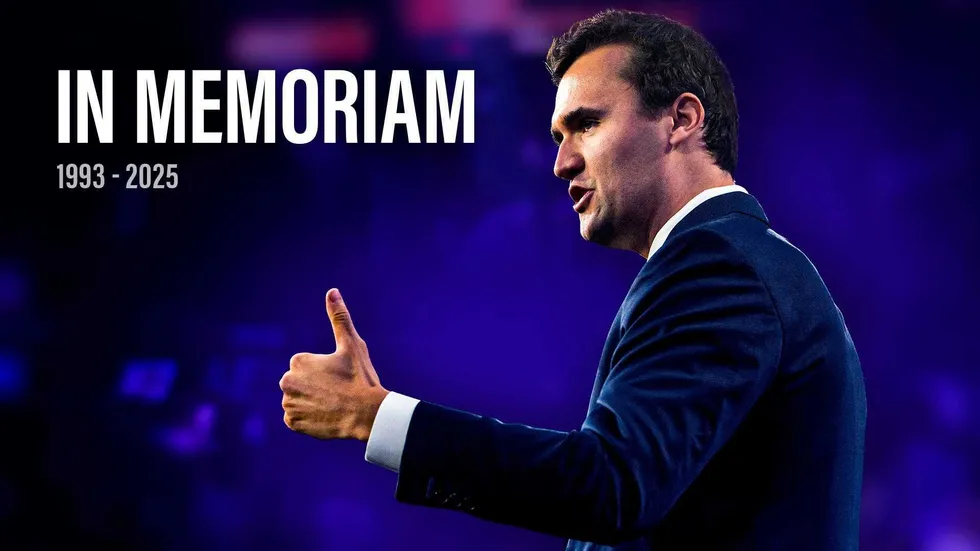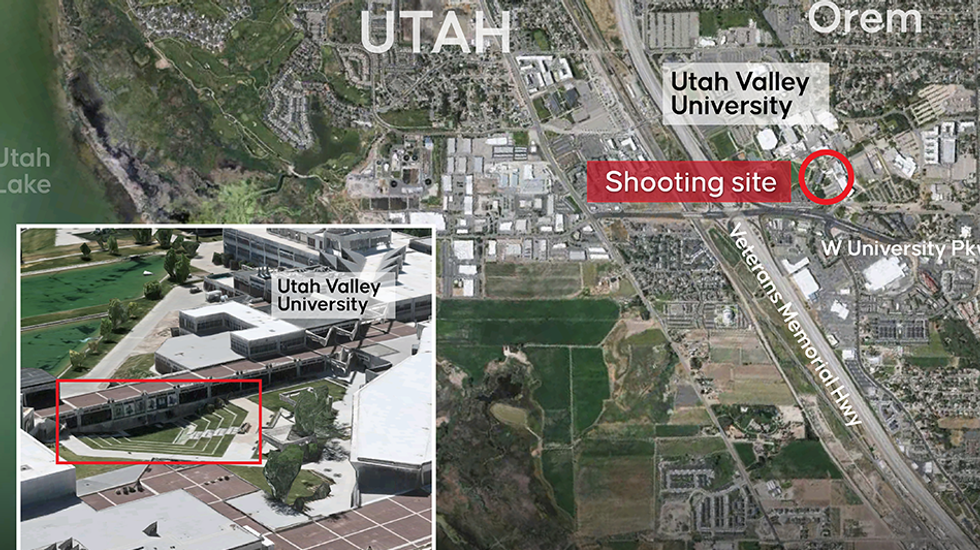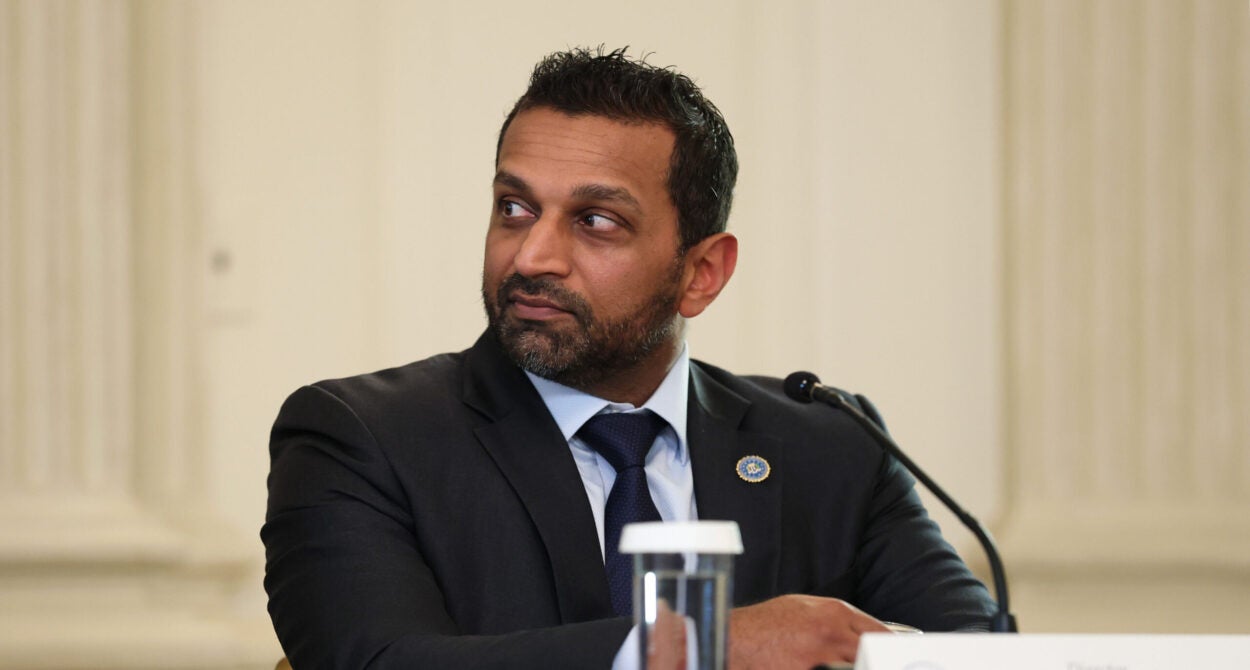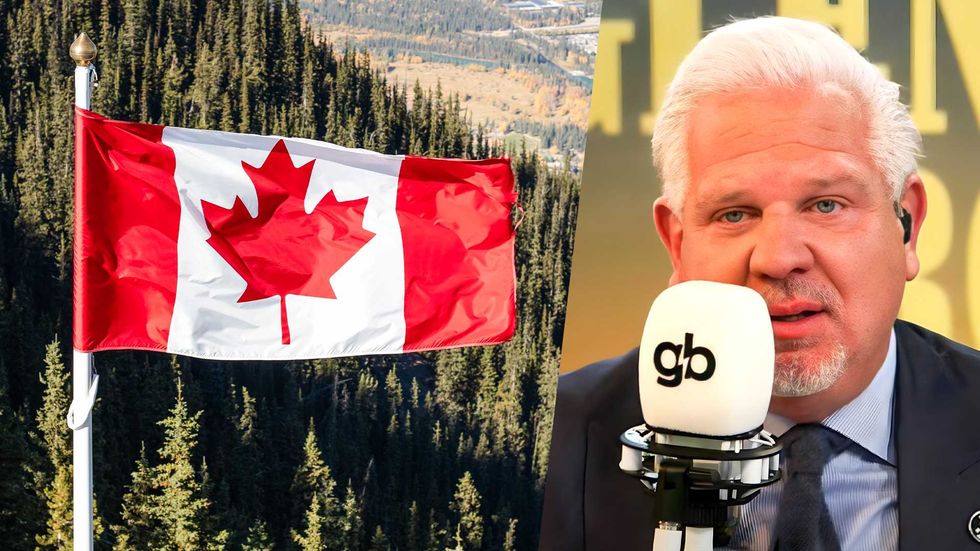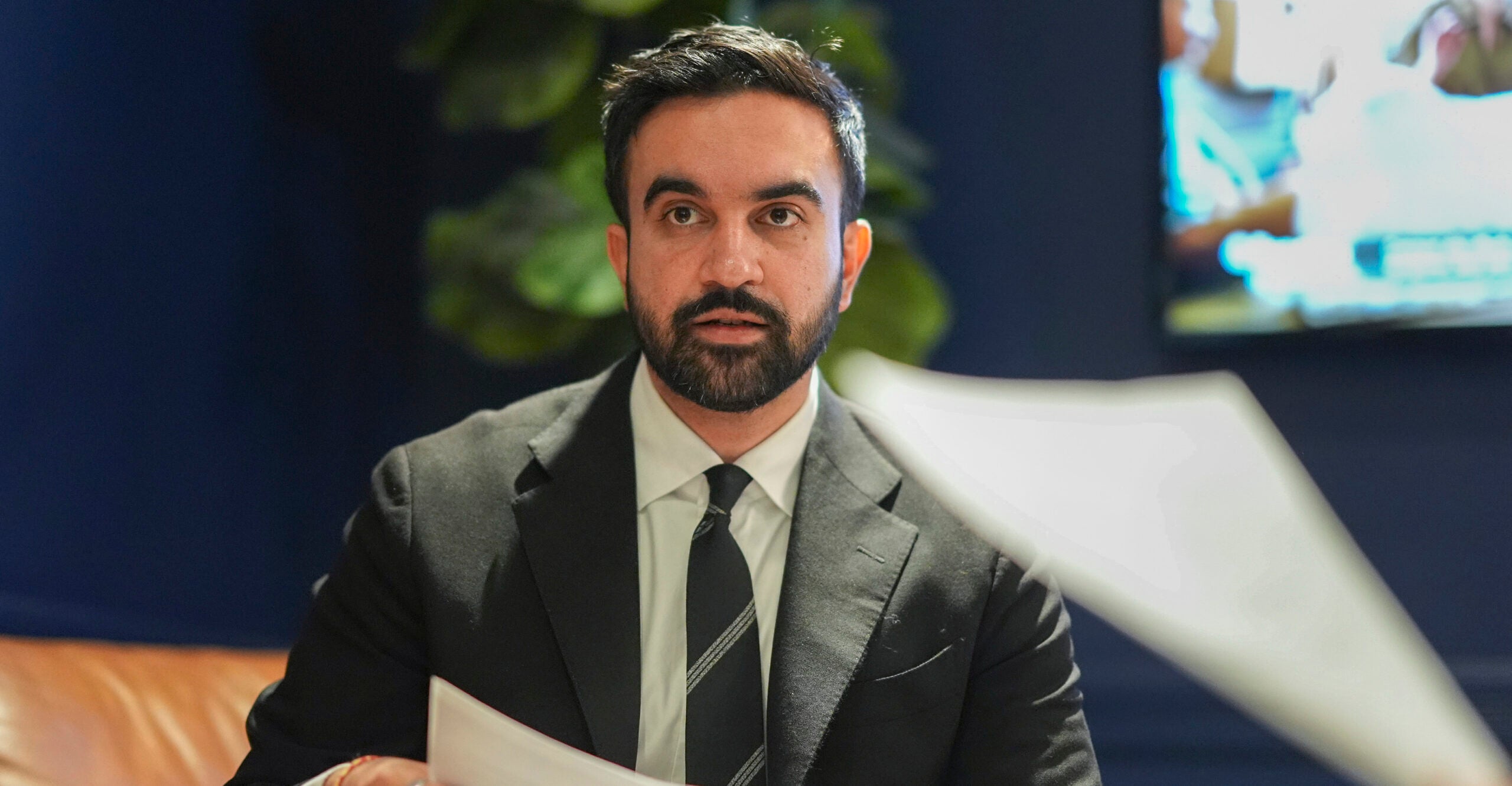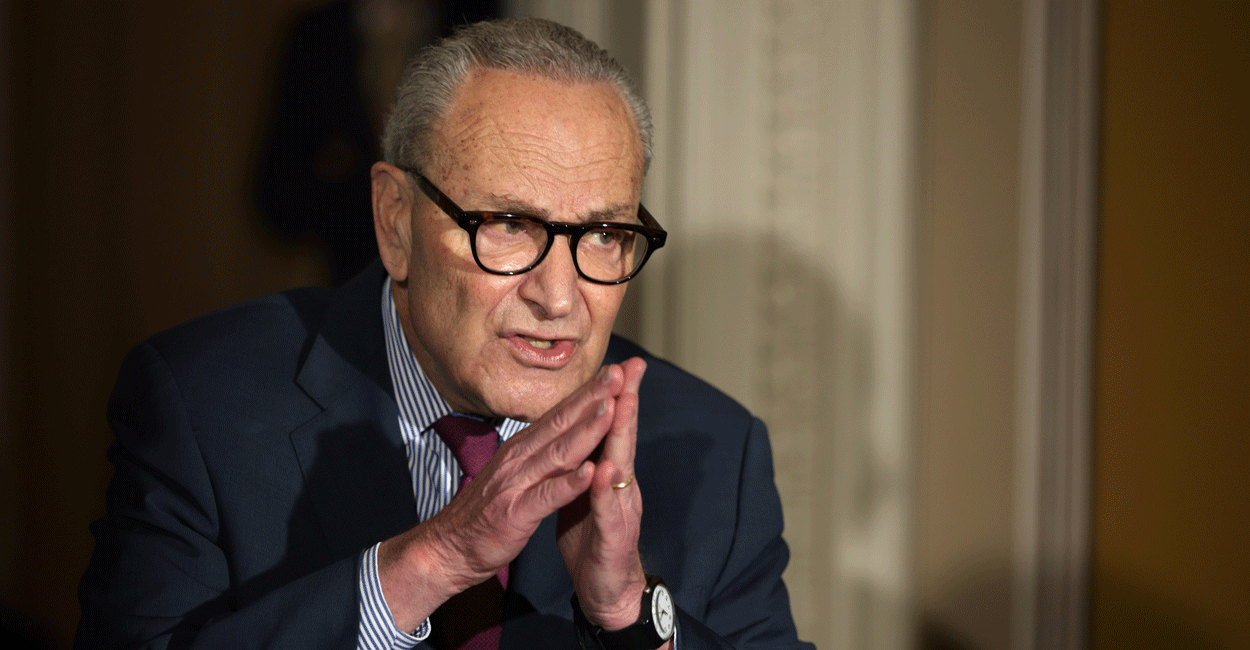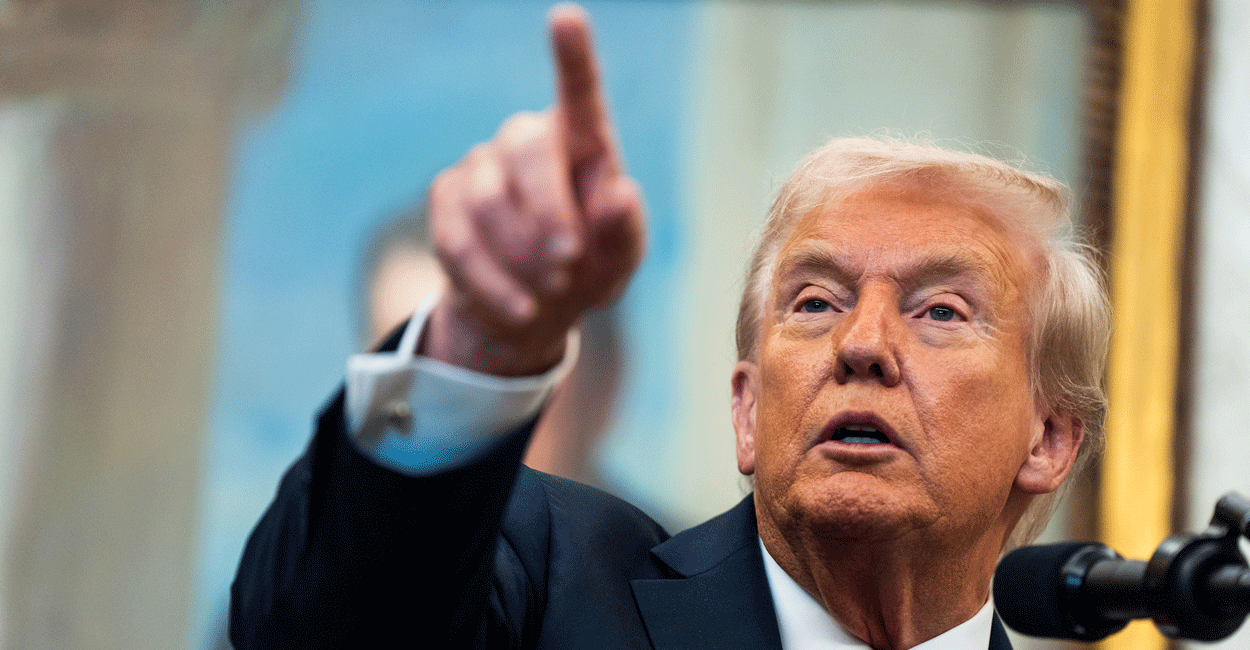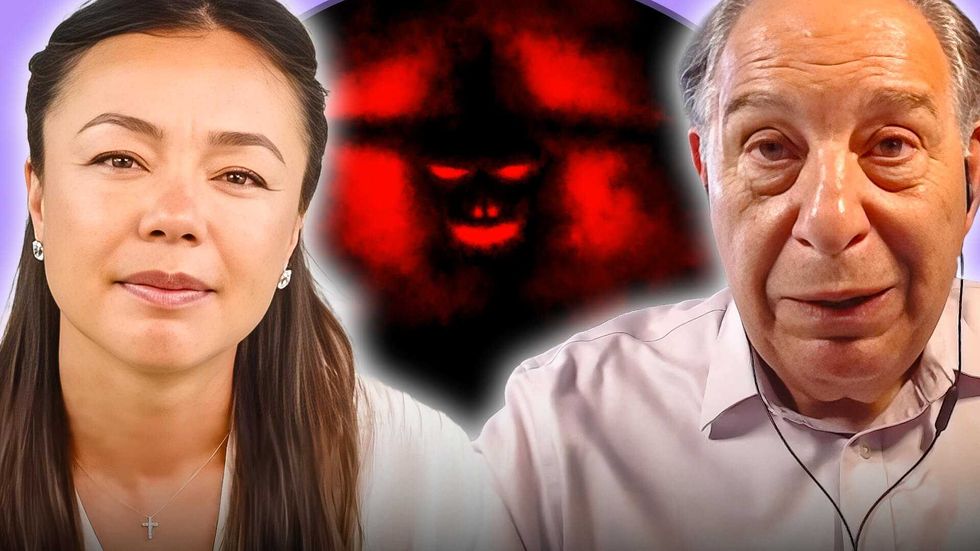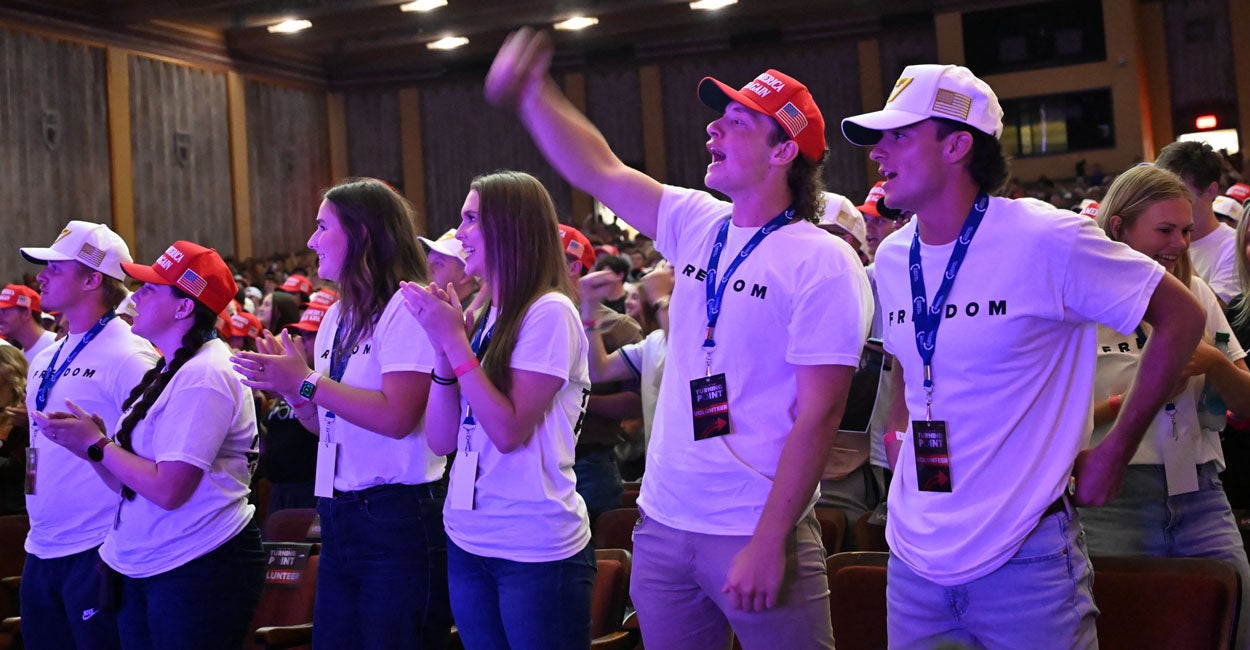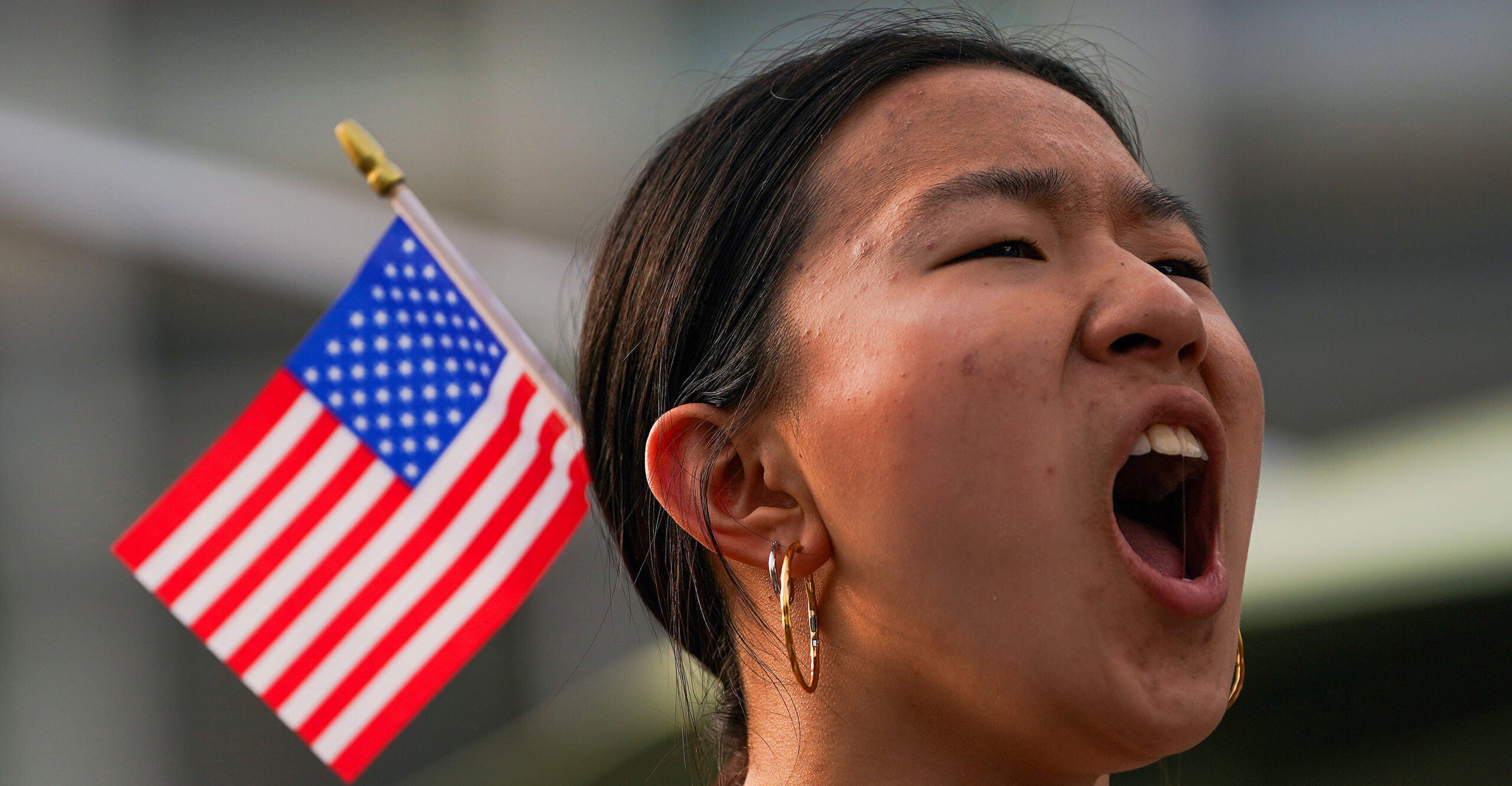How DEI took a sledgehammer to the US military’s war ethos
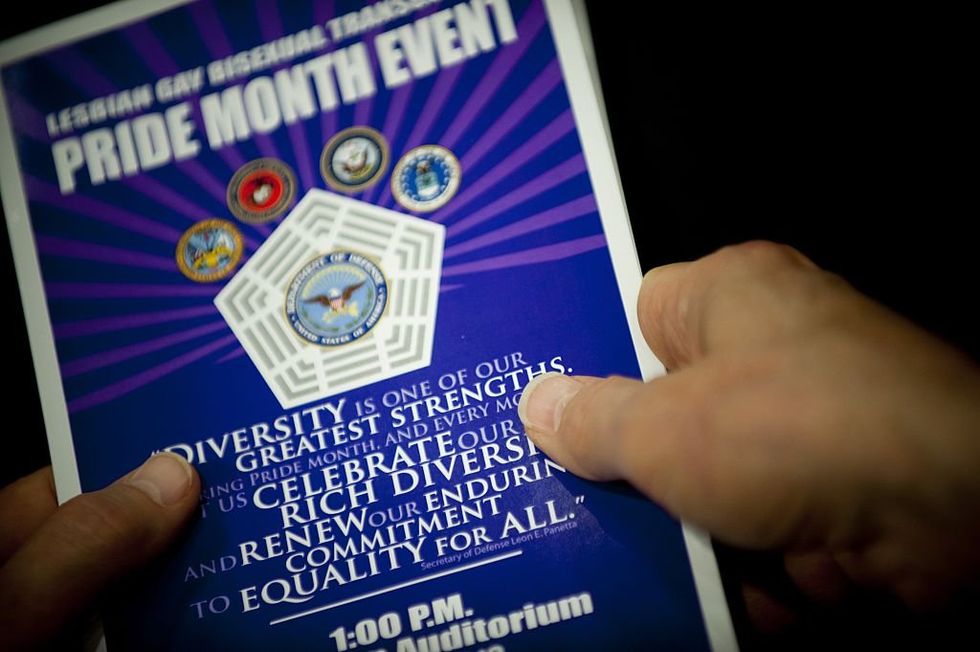
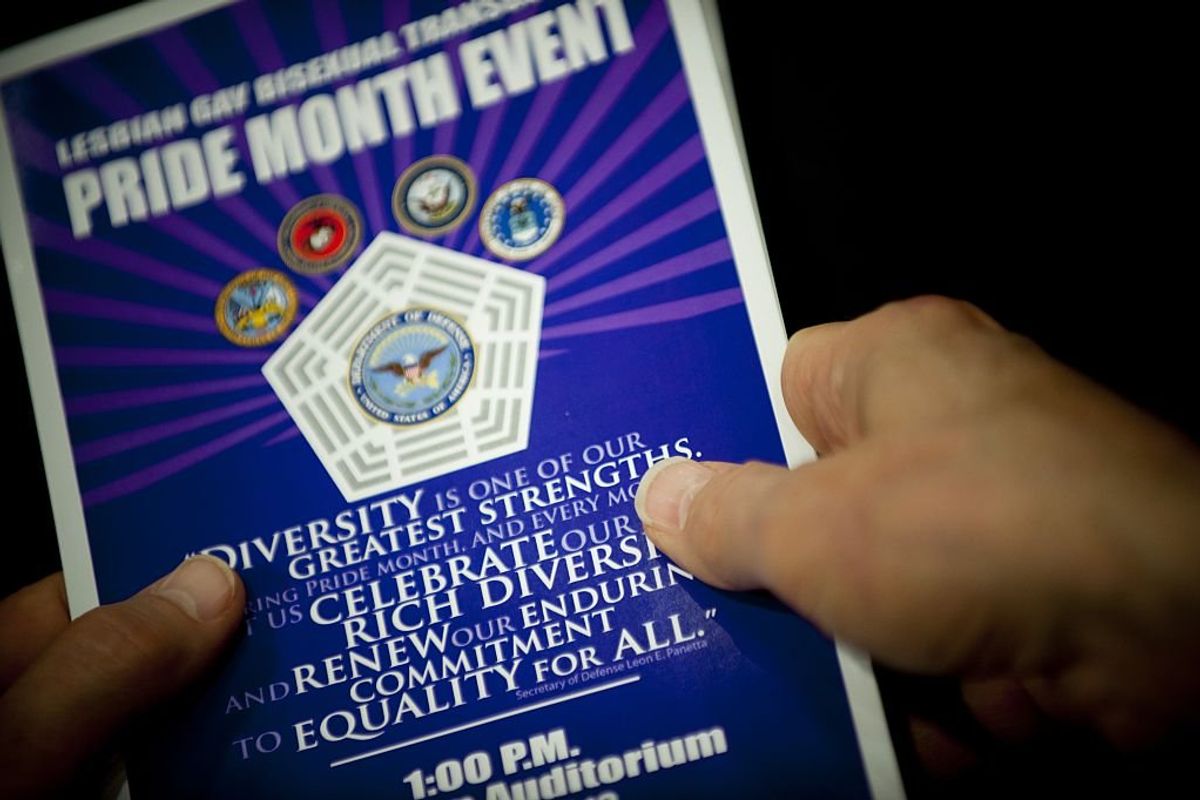
U.S. civil-military relations rest on a fundamental contradiction. The United States operates as a liberal society — one designed to protect individual rights and liberty. Yet the military, which defends that society, cannot function under the same liberal principles.
To succeed, the military must maintain effectiveness, which demands a distinct and separate ethos. Liberal norms do not translate to battlefield realities.
Trust and cohesion — core elements of military success — cannot survive a system that prioritizes categories over character.
Civil society may tolerate — or even celebrate — behaviors the military must prohibit. The armed forces uphold virtues many civilians regard as harsh or barbaric, but those values serve a purpose. The military remains one of the few professions where issuing a direct order to “go die” is not only possible but sometimes necessary.
Transmutation ‘on steroids’
In his classic 1957 study, “The Soldier and the State,” Samuel Huntington defined a central tension in American civil-military relations: the clash between the military’s functional imperative — to fight and win wars — and the social imperative, the prevailing ideologies and institutions of civilian society.
Huntington broke down the societal imperative into two main components. First, the U.S. constitutional framework that governs politics and military oversight. Second, the dominant political ideology, which he called liberalism — “the gravest domestic threat to American military security” because of its deep anti-military bias.
Huntington warned that over time, the societal imperative would eclipse the functional one. Civilian ideology, not military necessity, would shape the armed forces, weakening the virtues essential for combat effectiveness.
He also identified two outcomes of this liberal pressure. In peacetime, liberalism pushed for “extirpation” — shrinking or abolishing military power altogether. In times of danger, it favored “transmutation” — reshaping the military in its own image by erasing the traits that make it distinctly martial.
Today, the ideology of “diversity, equity, and inclusion” has taken that process to an extreme. This isn’t just transmutation. It’s transmutation on steroids.
Identity politics destroys unity
The military began its embrace of DEI during Barack Obama’s administration, following the 2011 report “From Representation to Inclusion: Diversity Leadership for the 21st Century” by the Military Leadership Diversity Commission. That report shifted military priorities away from the functional imperative — effectiveness rooted in merit, performance, and mission — toward the societal imperative, with “diversity, equity, and inclusion” elevated as the new ideal.
In practice, the Department of Defense replaced equal opportunity with “equity,” enforcing outcome-based preferences that favor certain demographic groups over others. Military leaders declared “diversity a strategic goal,” sidelining effectiveness as the primary objective.
This shift has fractured the ranks. By treating race and sex as markers of justice instead of emphasizing individual excellence, DEI pushes identity politics into the chain of command. That approach divides more than it unites. Trust and cohesion — core elements of military success — cannot survive a system that prioritizes categories over character.
The military depends on unity to function. DEI erodes that unity. As a governing ethos, it has proven deeply destructive — undermining the very effectiveness the armed forces exist to deliver.
The rise of DEI has created a generation of senior officers who place ideological conformity above military effectiveness. Former Joint Chiefs Chairman Gen. Mark Milley spoke openly about “white rage” and promoted critical race theory. His successor, Air Force Gen. CQ Brown, and former Chief of Naval Operations Admiral Lisa Franchetti followed the same script — championing diversity for its own sake while sidelining readiness and merit.
Restoring the mission
The Trump administration aims to reverse course and re-establish the military’s functional imperative as its central mission. It has issued executive orders with three clear goals: restore meritocracy and nondiscrimination in place of equity quotas; define sex in commonsense terms and respect biological differences; and eliminate divisive programs rooted in critical race theory.
Secretary of Defense Pete Hegseth now carries the mandate to restore the military’s traditional ethos — and put war fighting, not social engineering, back at the heart of military policy.
Standing in opposition to a president elected to root out DEI from the military is a generation of flag and general officers molded by an era of “woke” liberalism. These leaders embraced the demand that the military mirror the politics and ideologies of civil society. Many now cling to the dangerous fiction that the military can remain professional and effective while operating under the dictates of identity politics.
Officers once defended the military’s traditional ethos against efforts to civilianize the chain of command. Today, many senior leaders treat DEI as essential to military identity — and believe they can ignore the lawful orders of the commander in chief. That isn’t leadership. It’s insubordination, plain and simple.
The Trump administration has made clear its intent: restore a professional, apolitical military ethos and rebuild public trust in an institution weakened by a decade of ideological drift. This return to principle marks the path toward healthier civil-military relations — where the armed forces serve their proper purpose: protecting and defending the United States.
Originally Published at Daily Wire, Daily Signal, or The Blaze
What's Your Reaction?
 Like
0
Like
0
 Dislike
0
Dislike
0
 Love
0
Love
0
 Funny
0
Funny
0
 Angry
0
Angry
0
 Sad
0
Sad
0
 Wow
0
Wow
0


